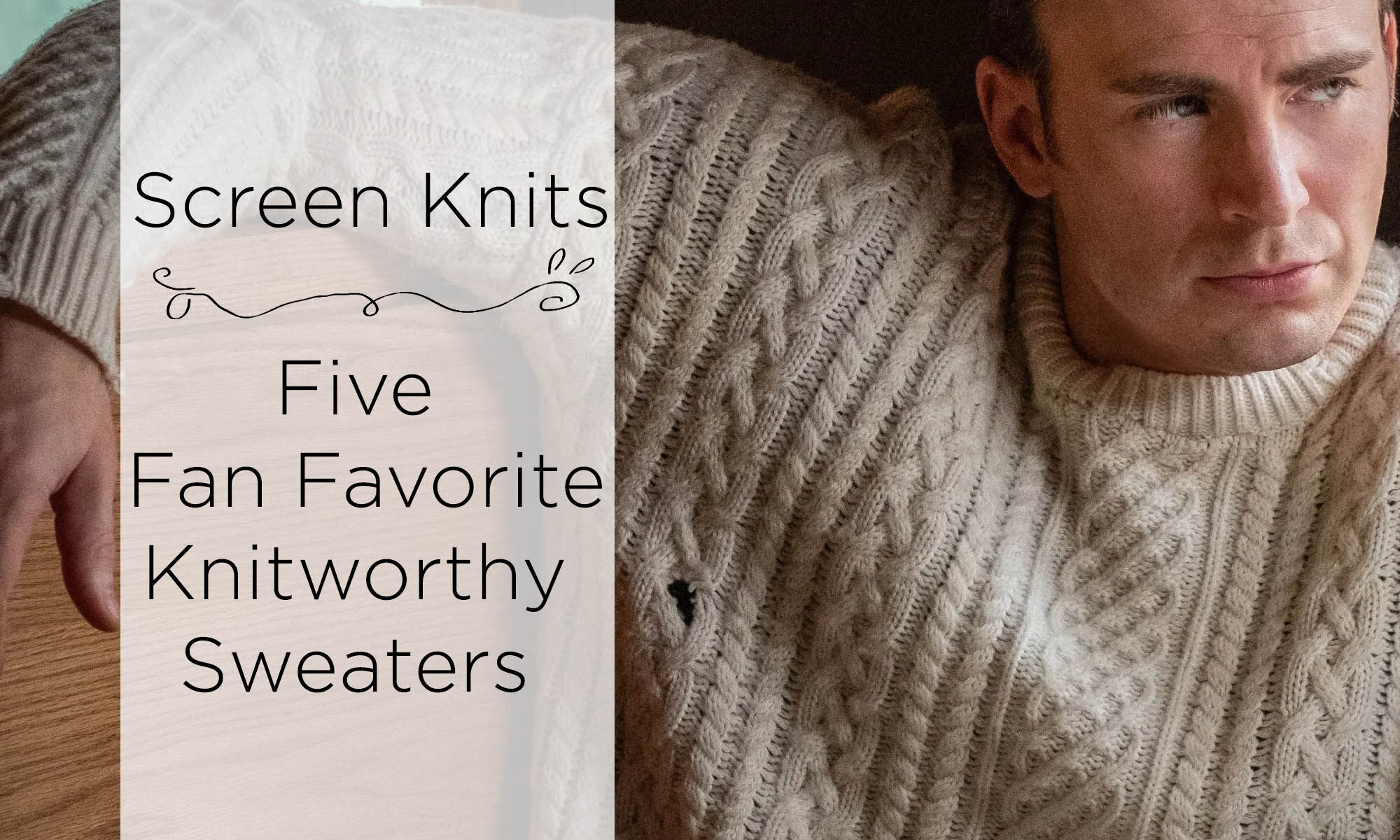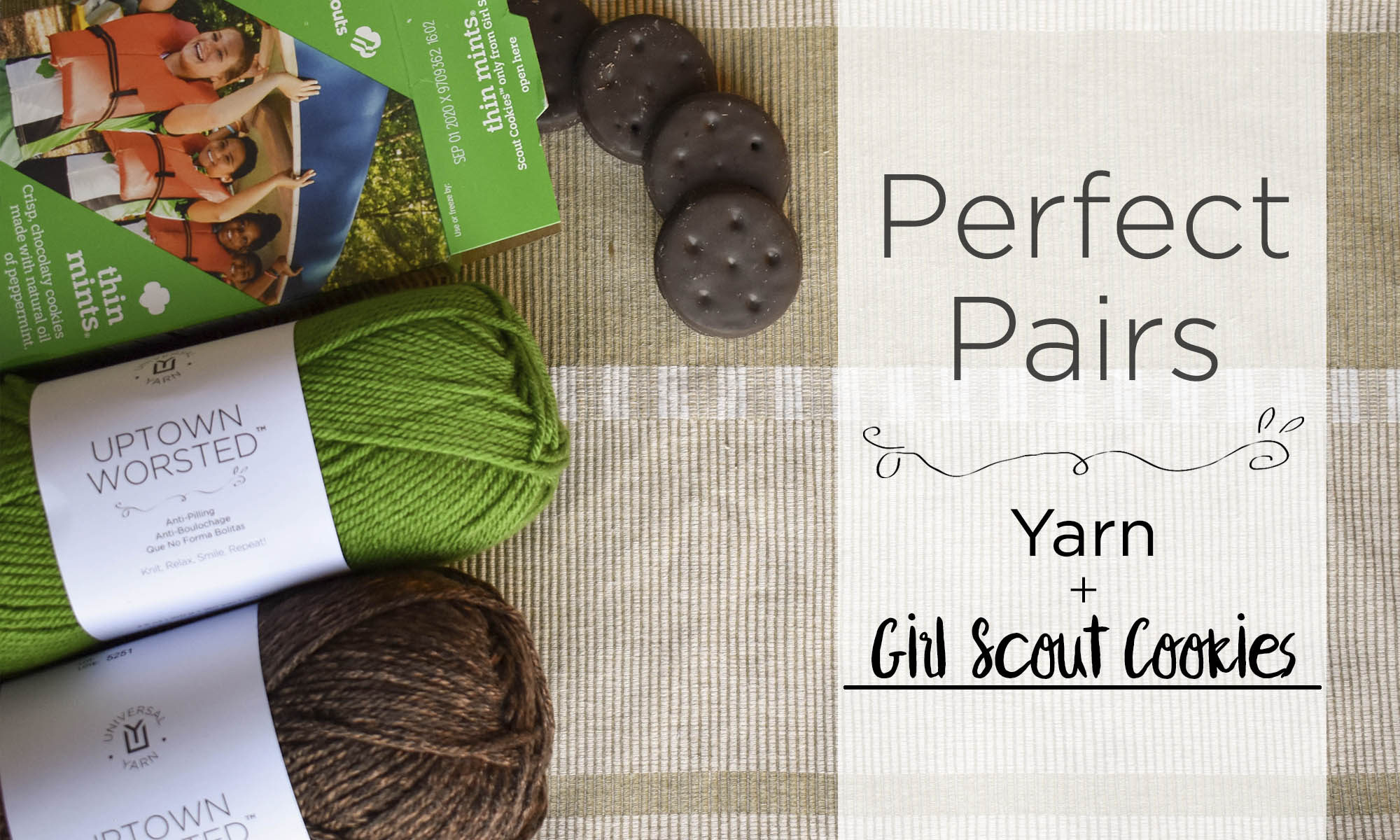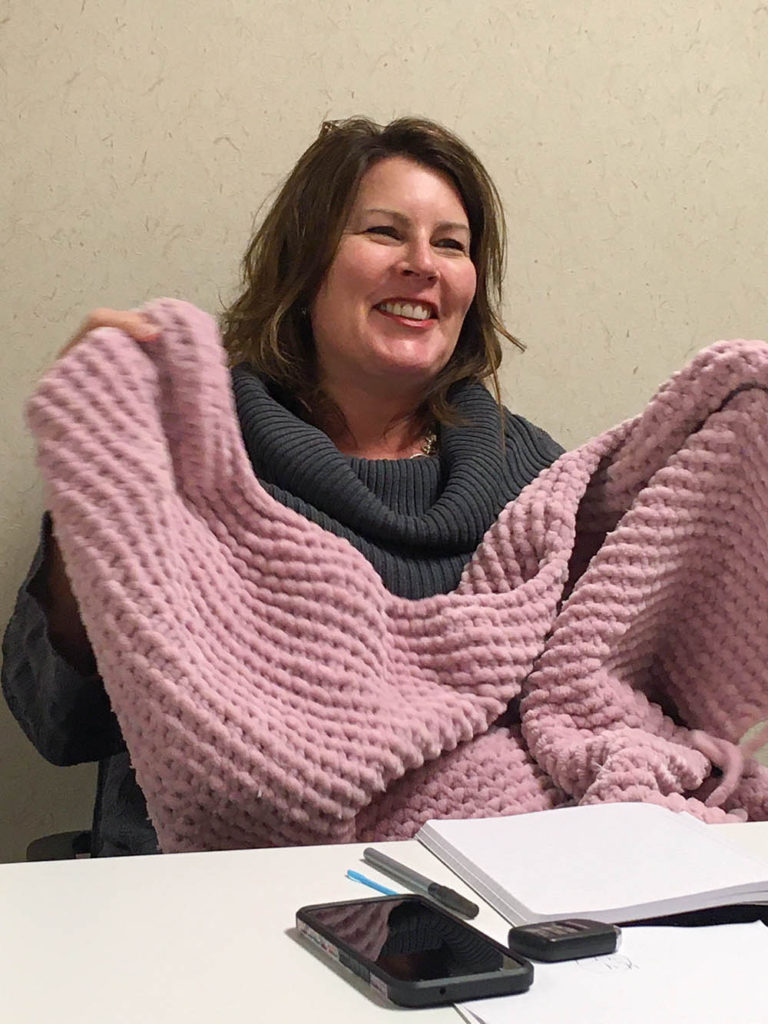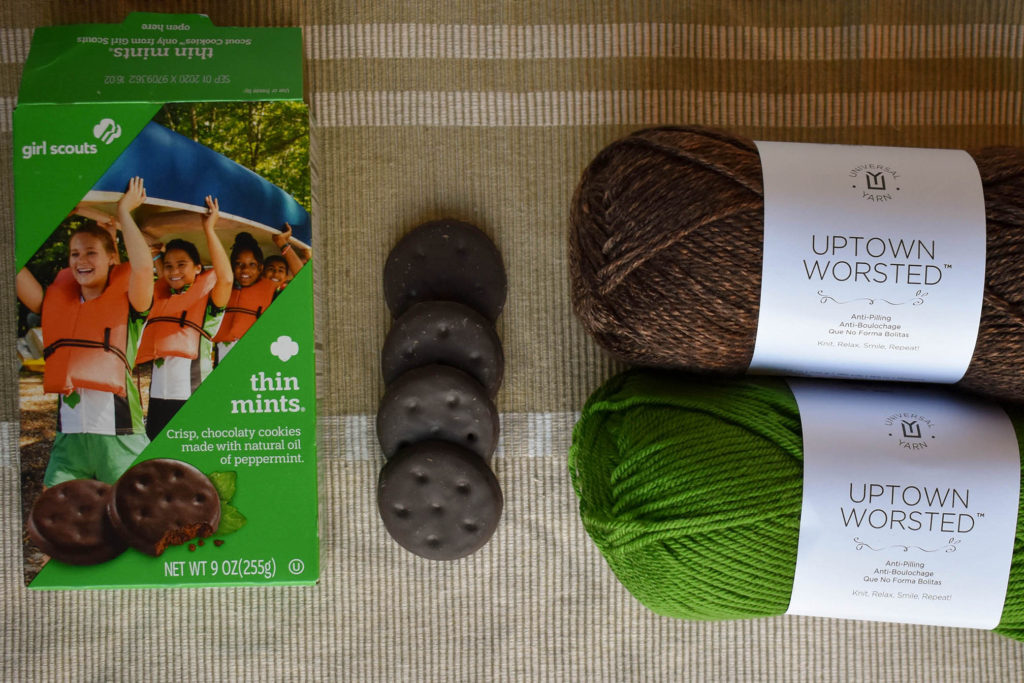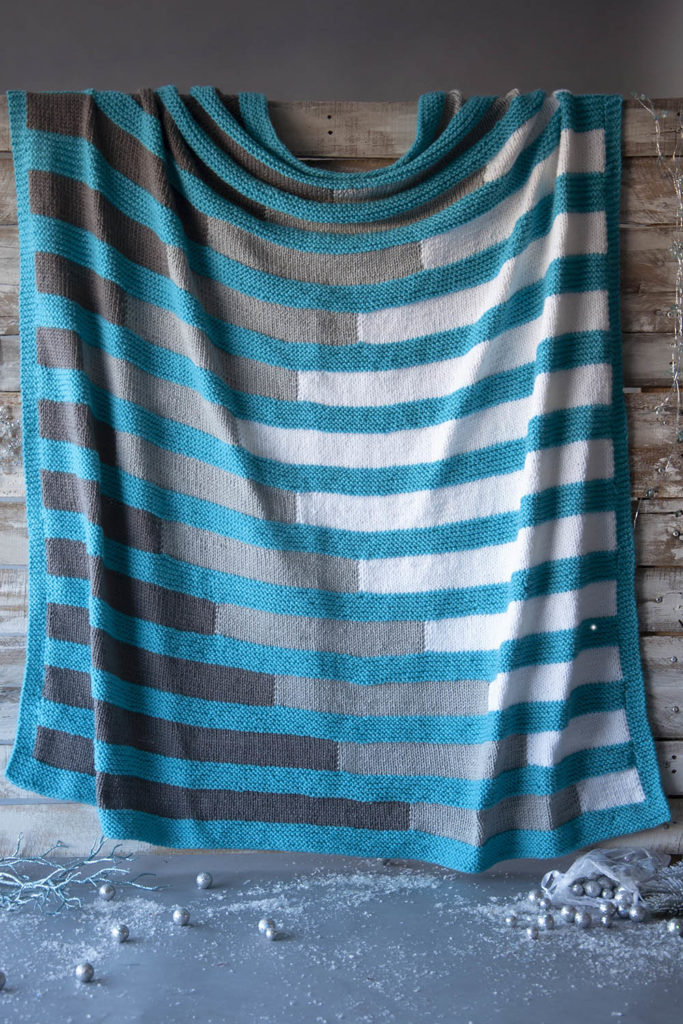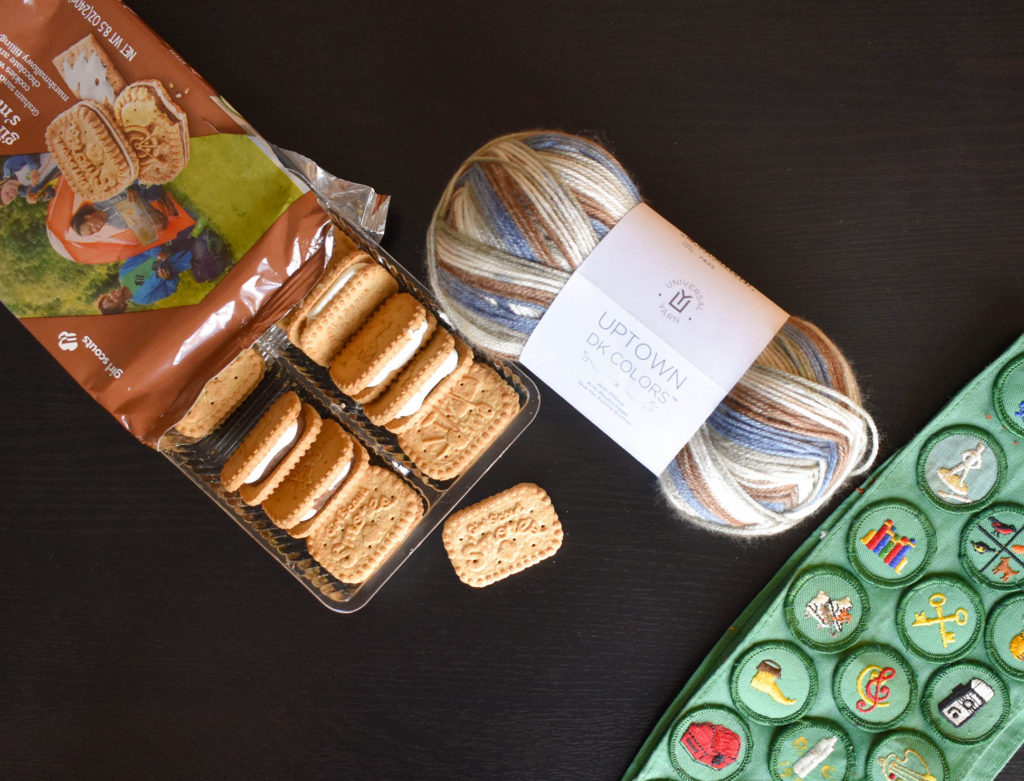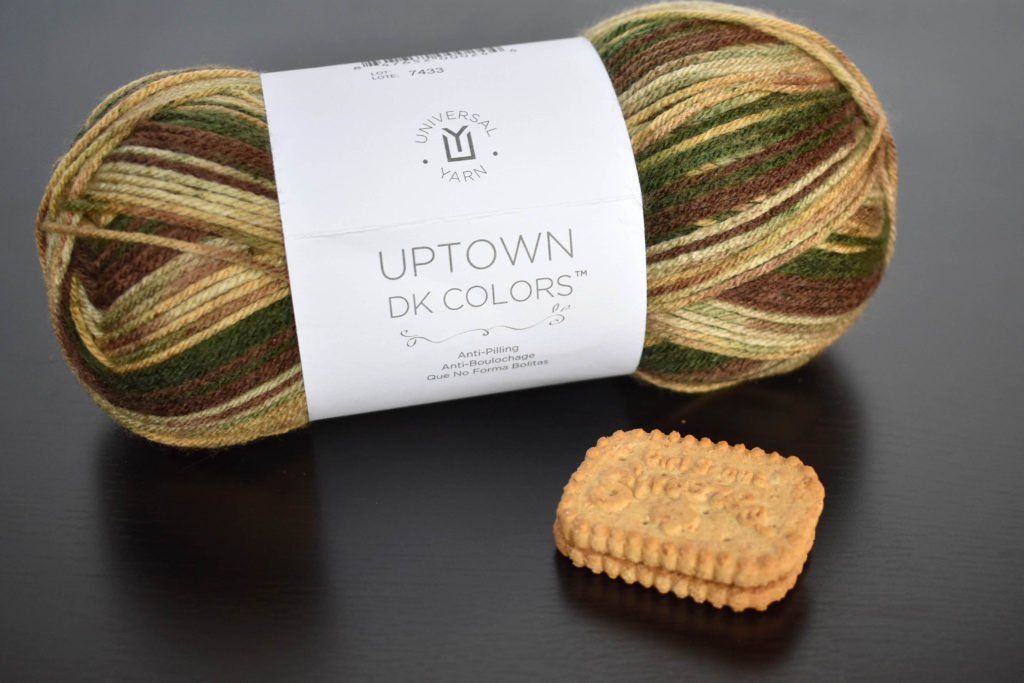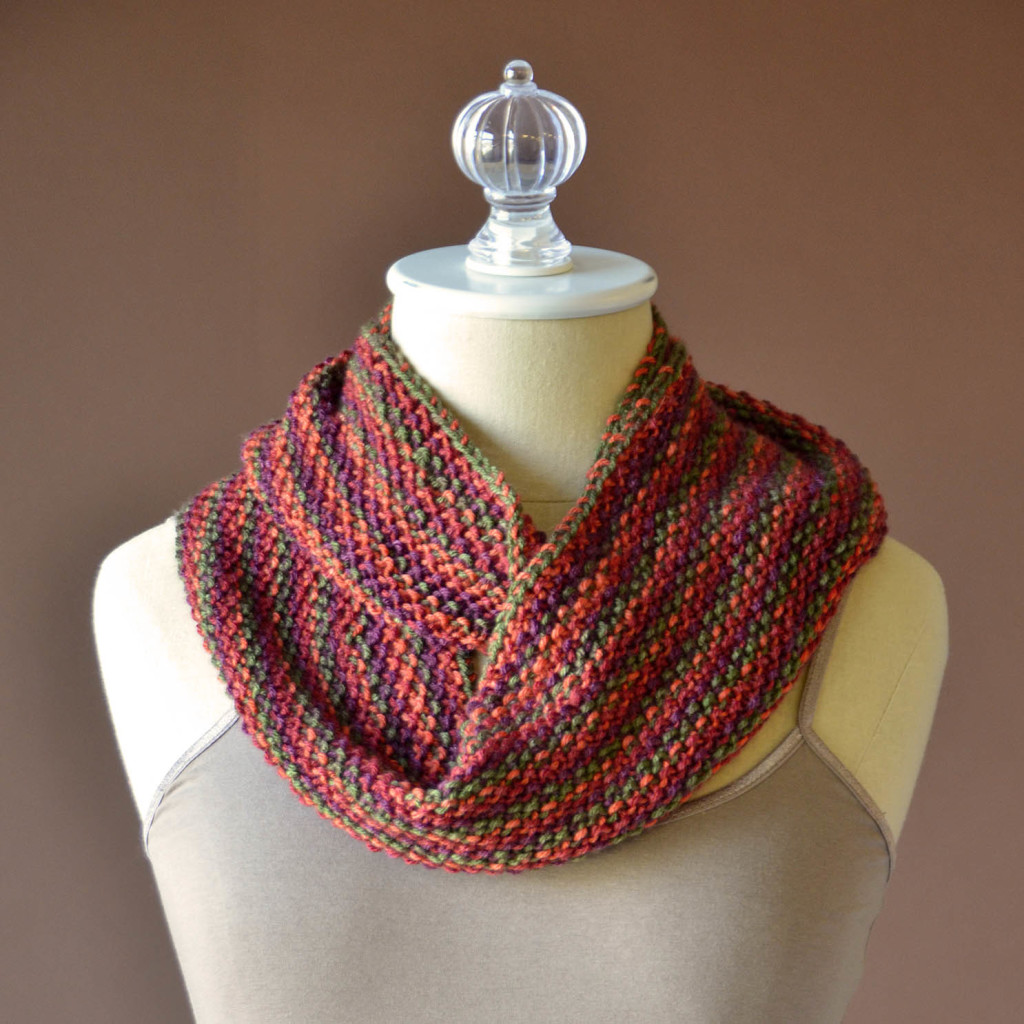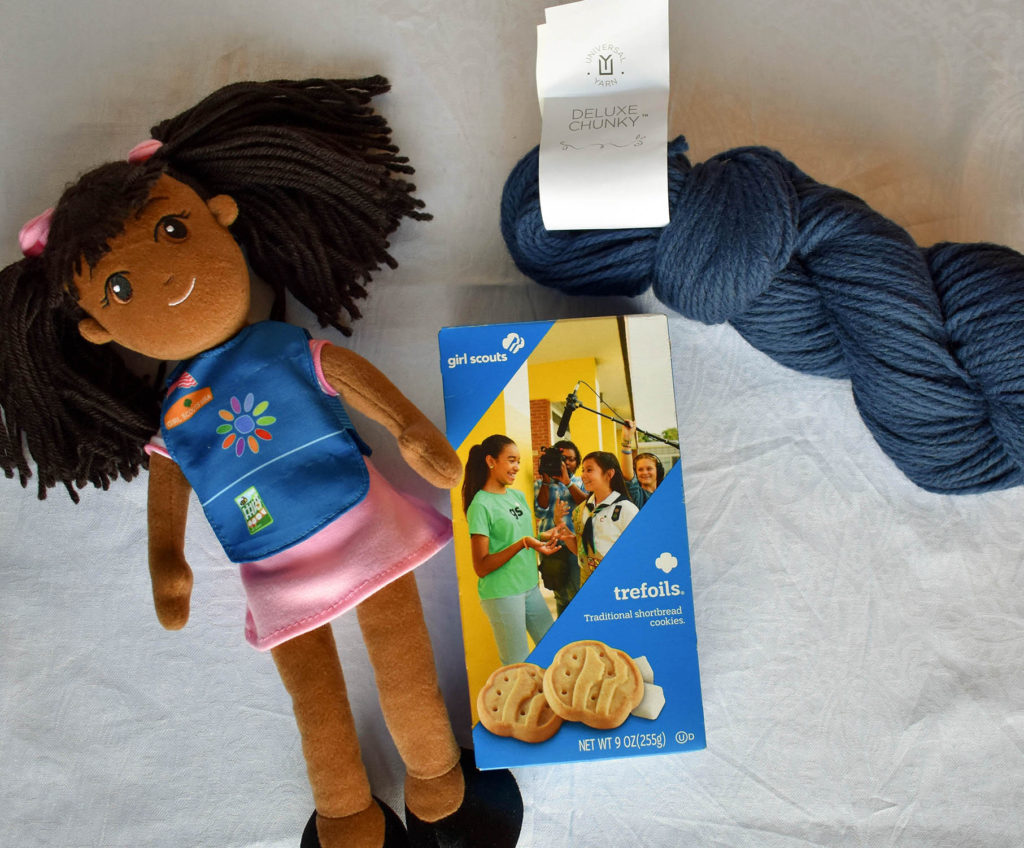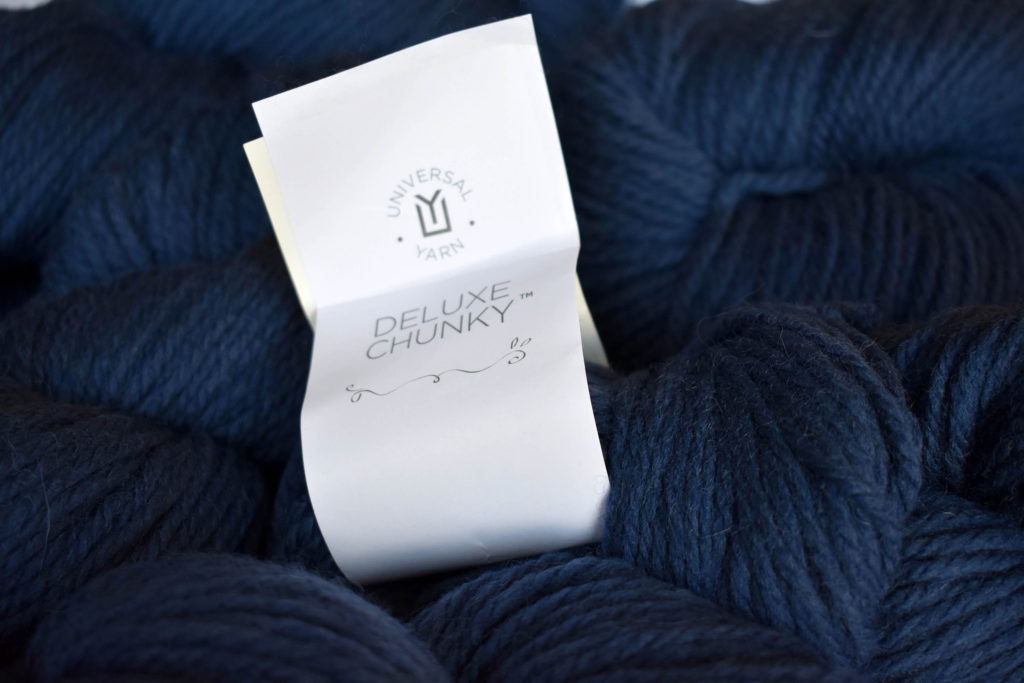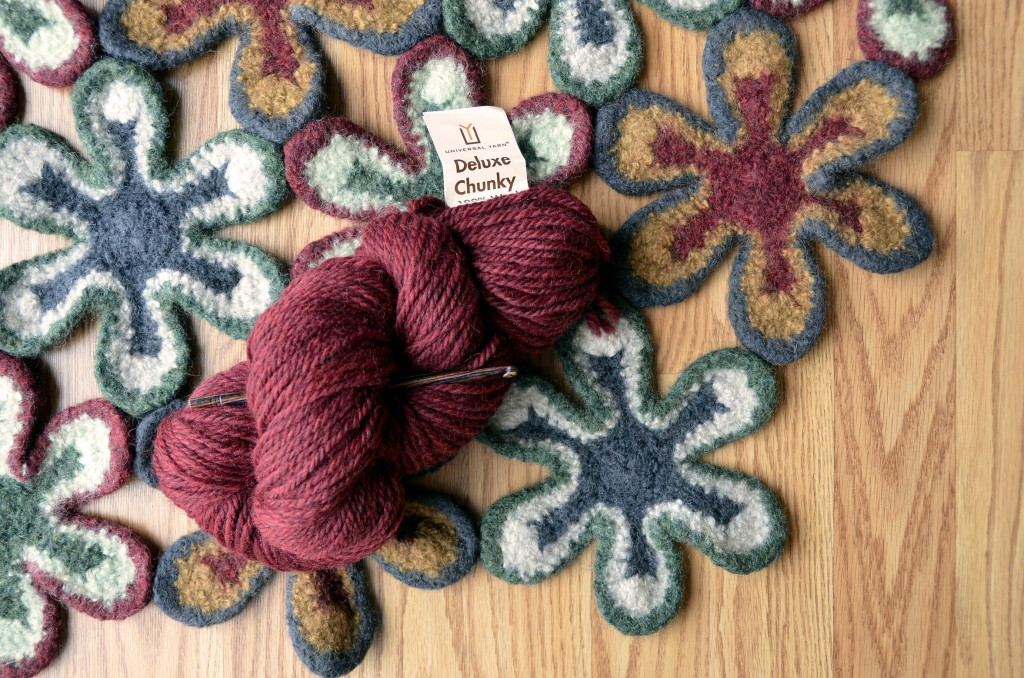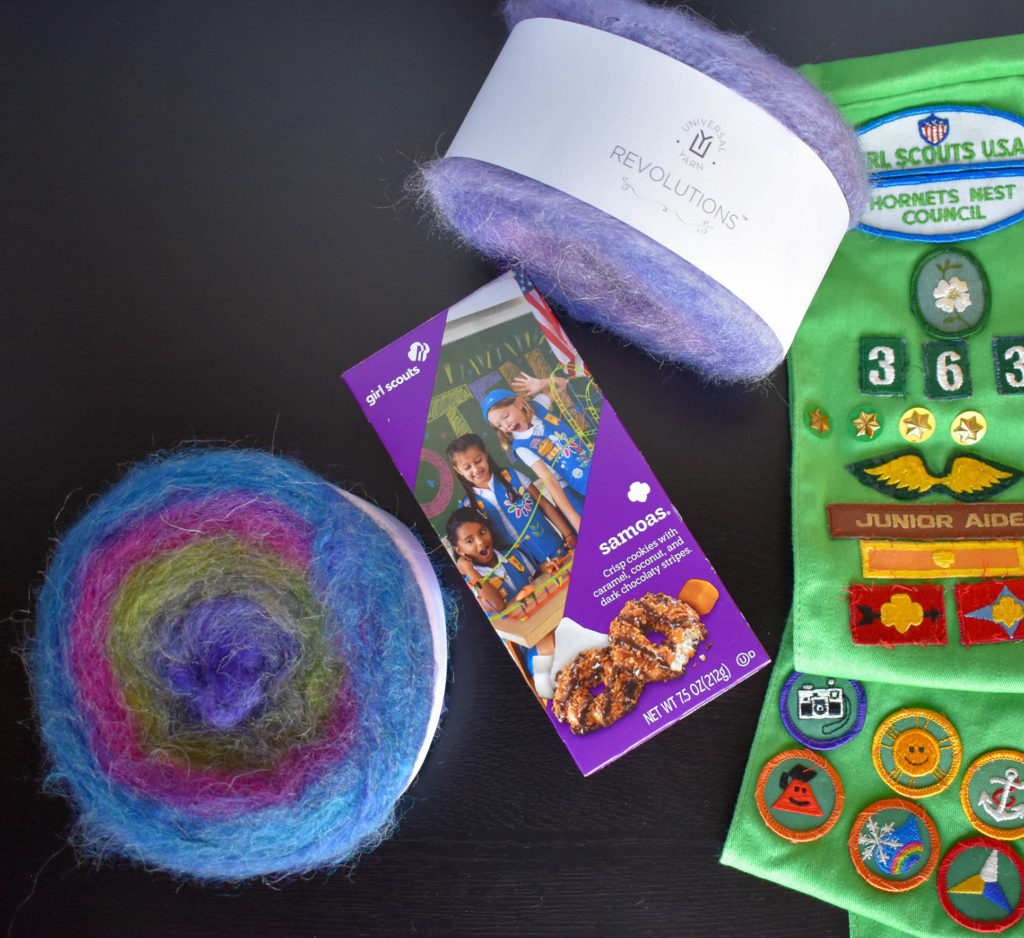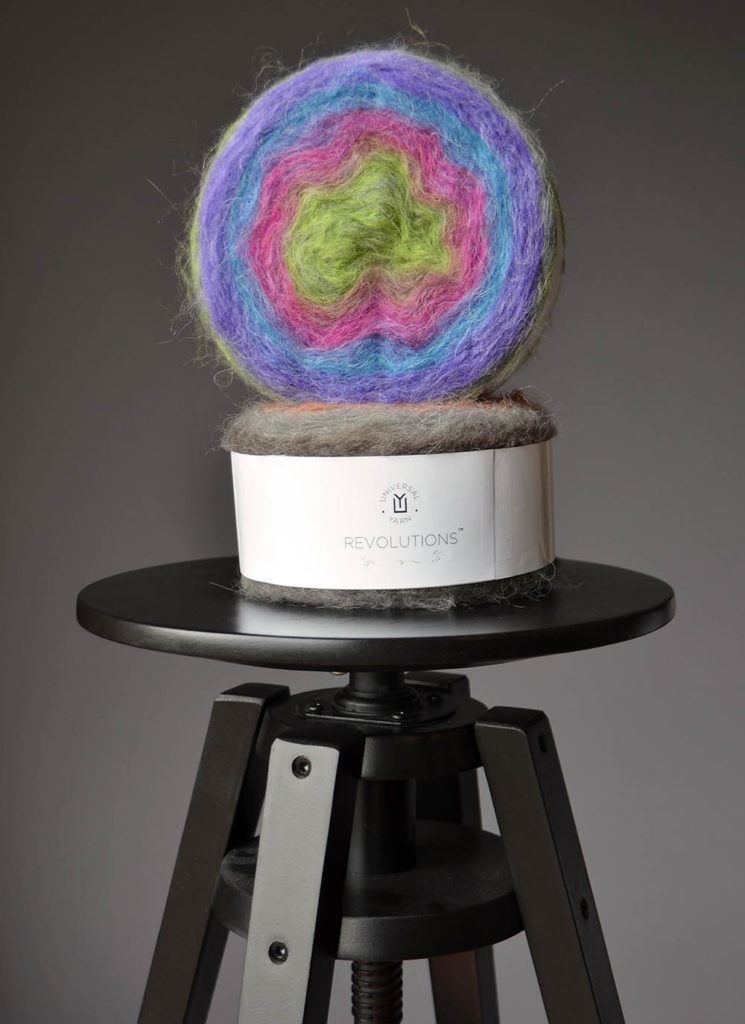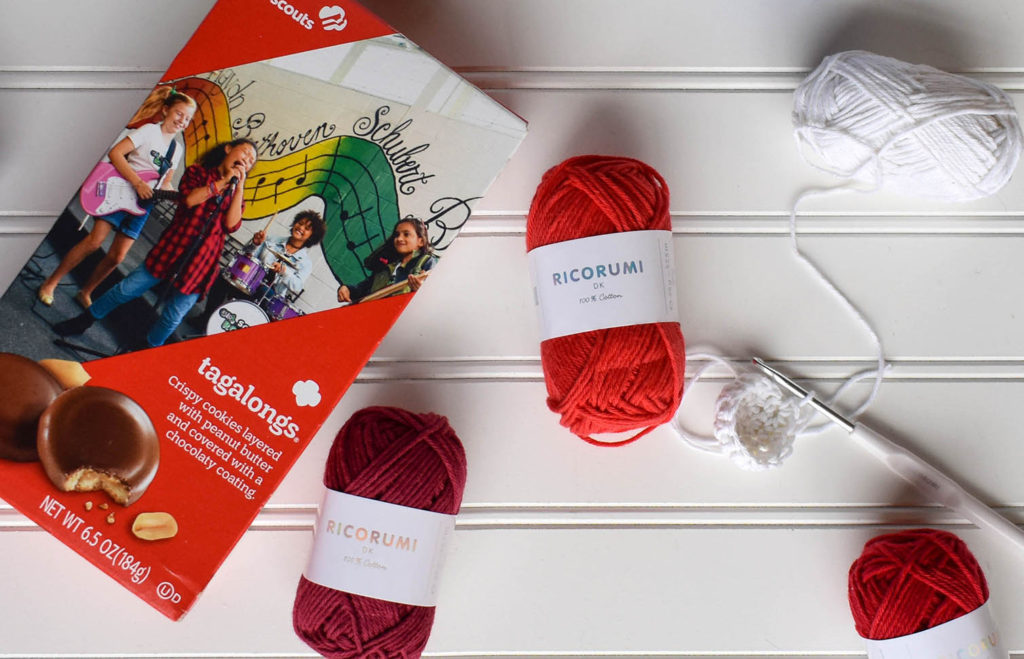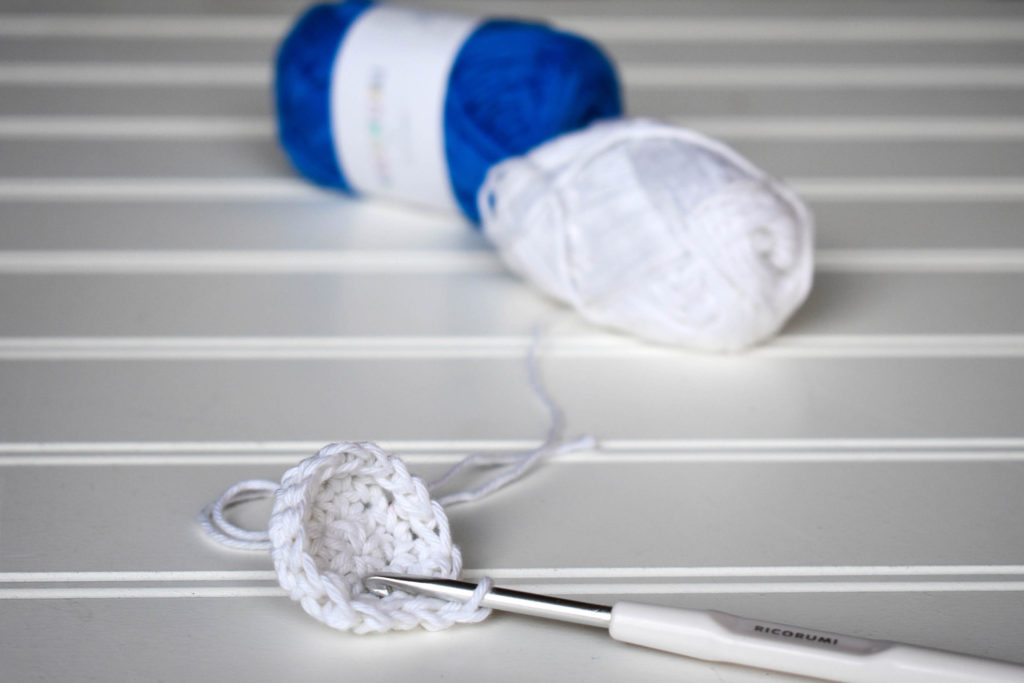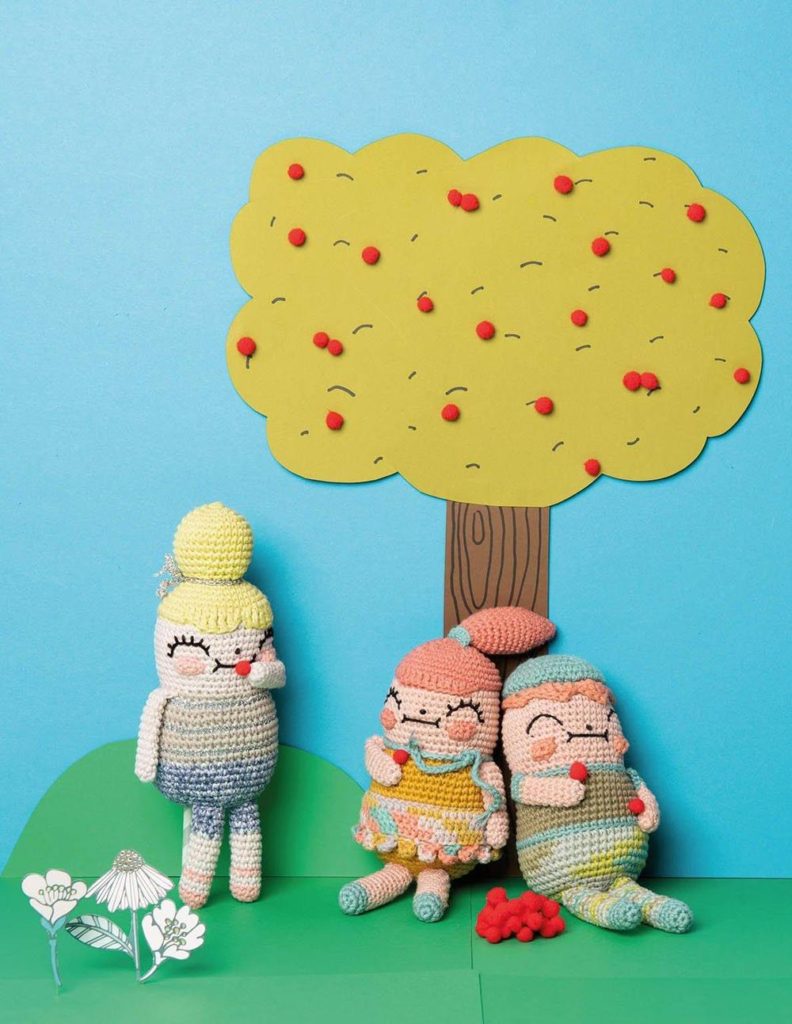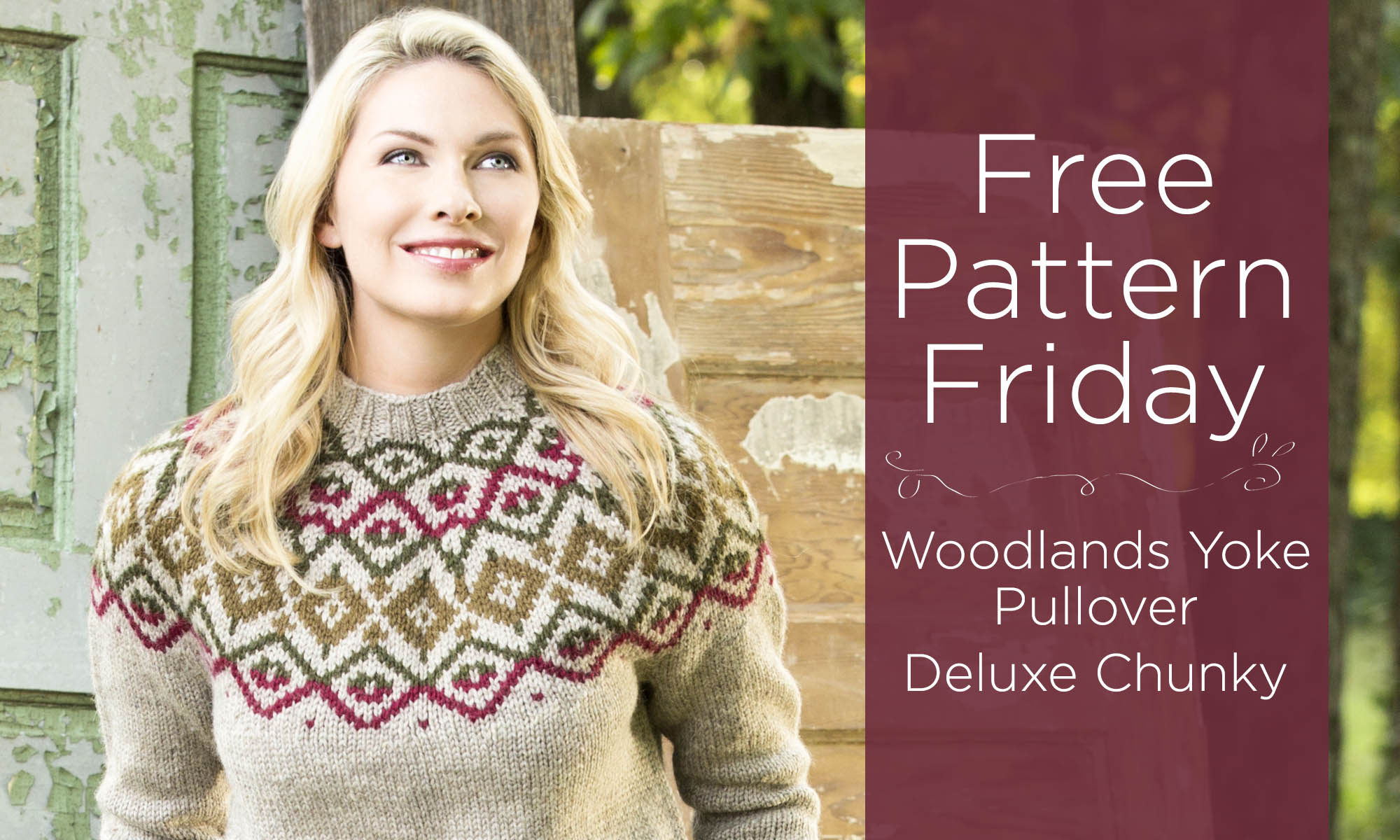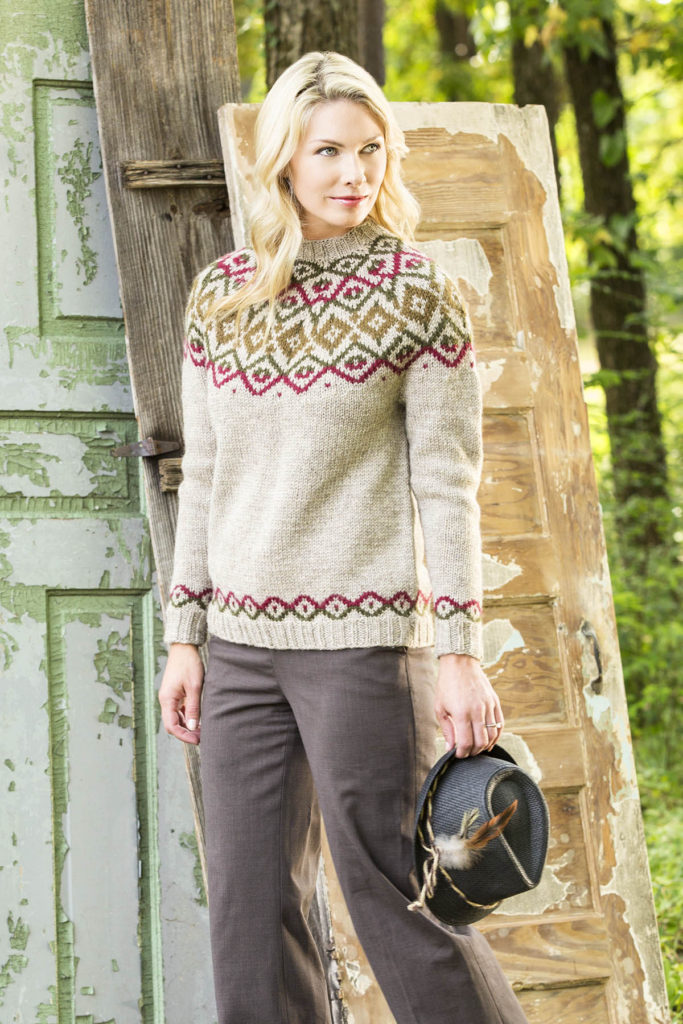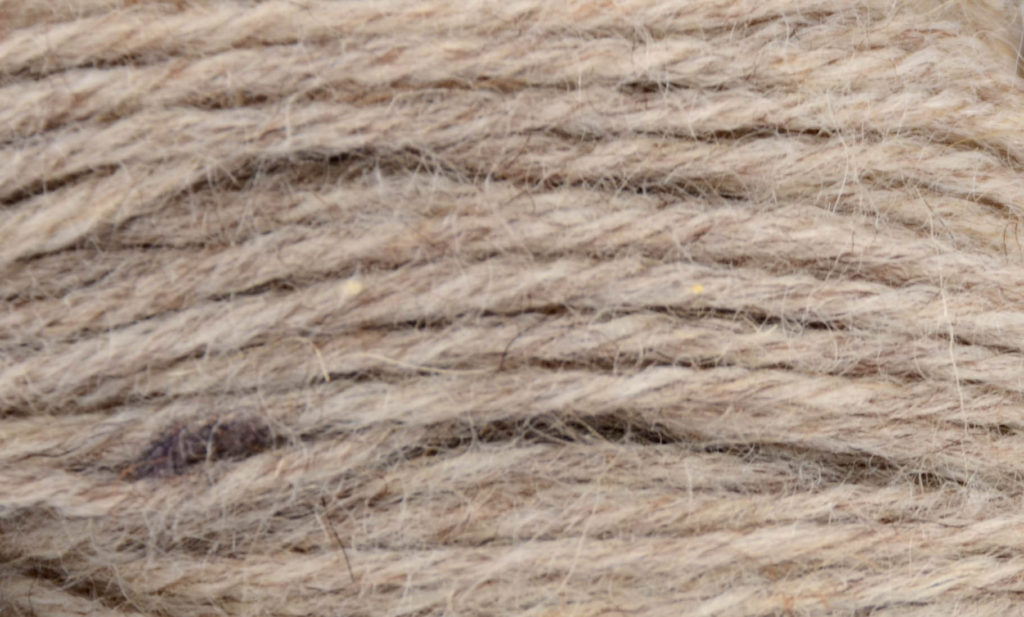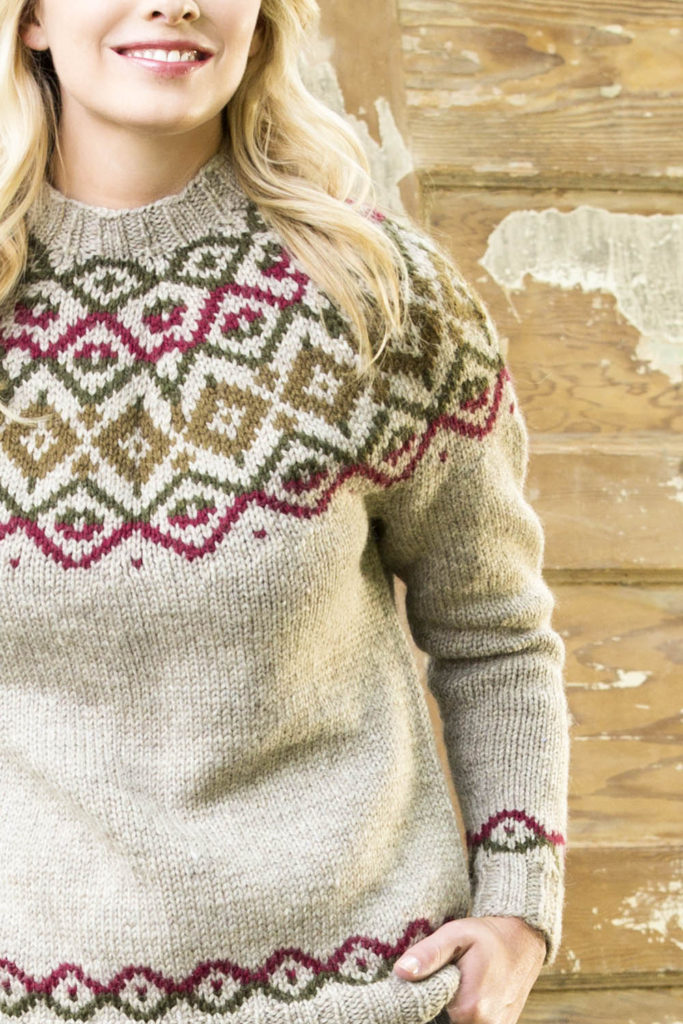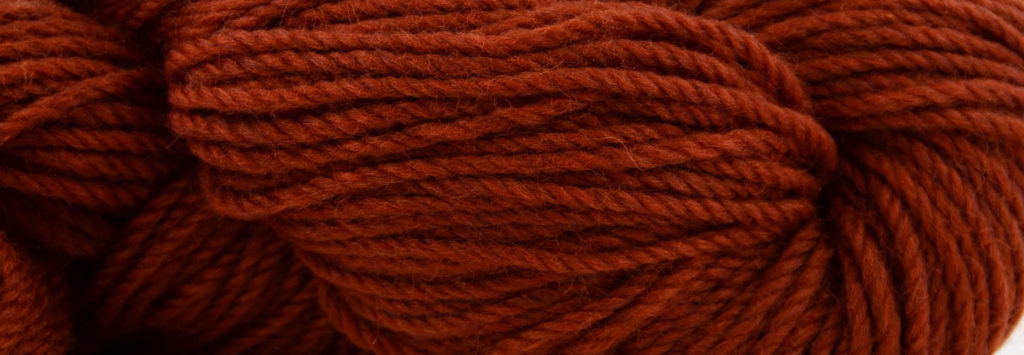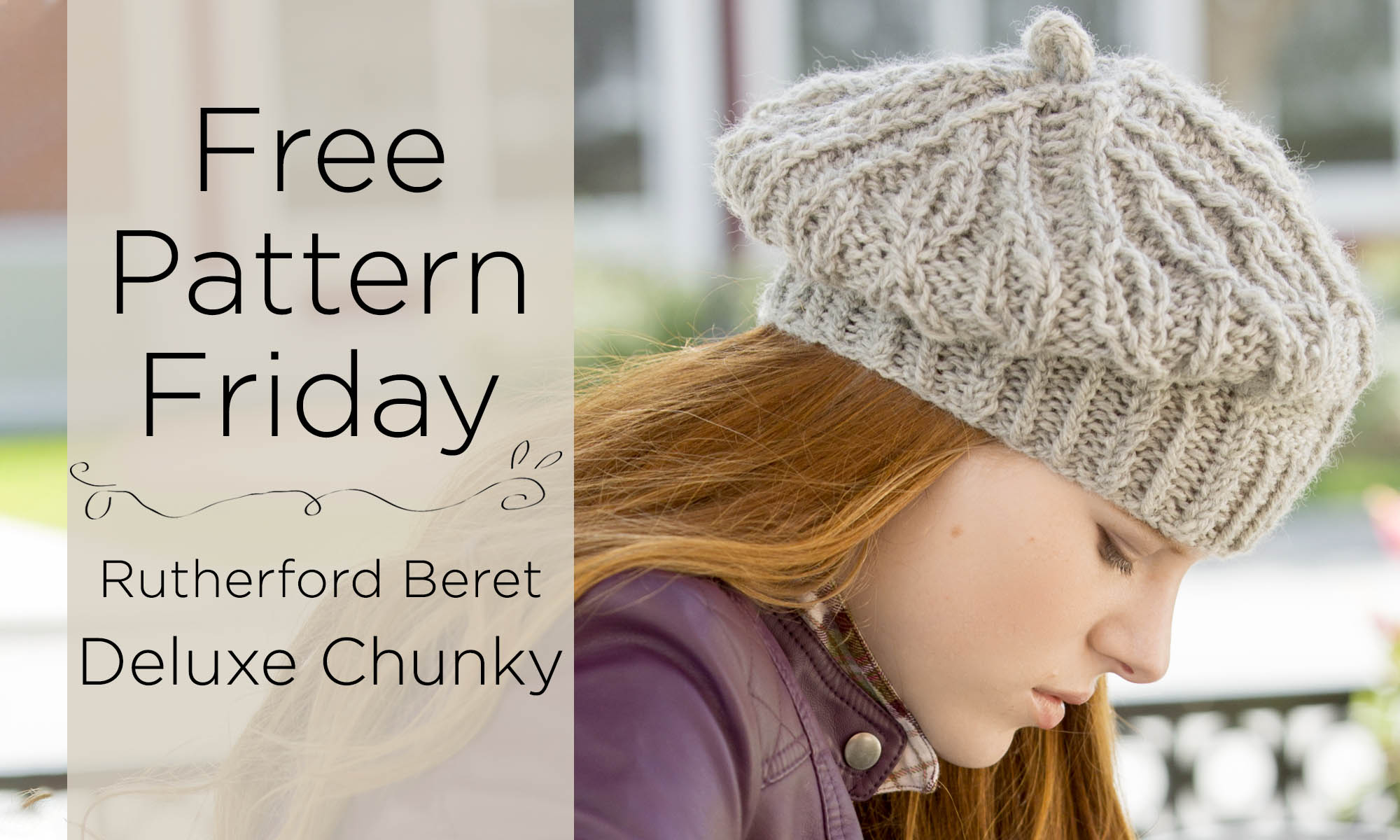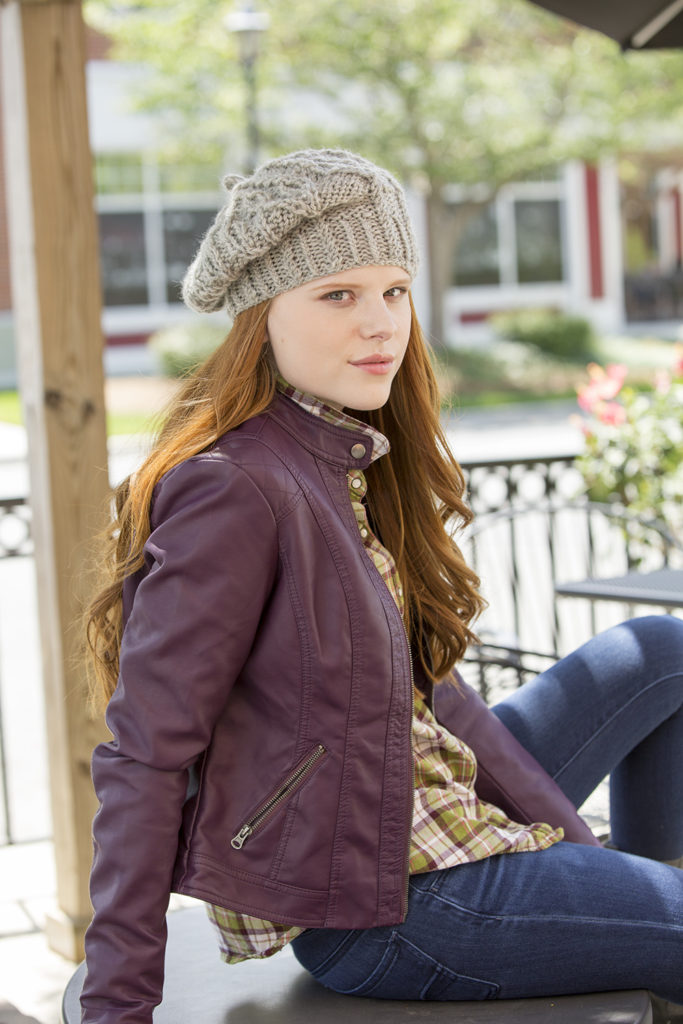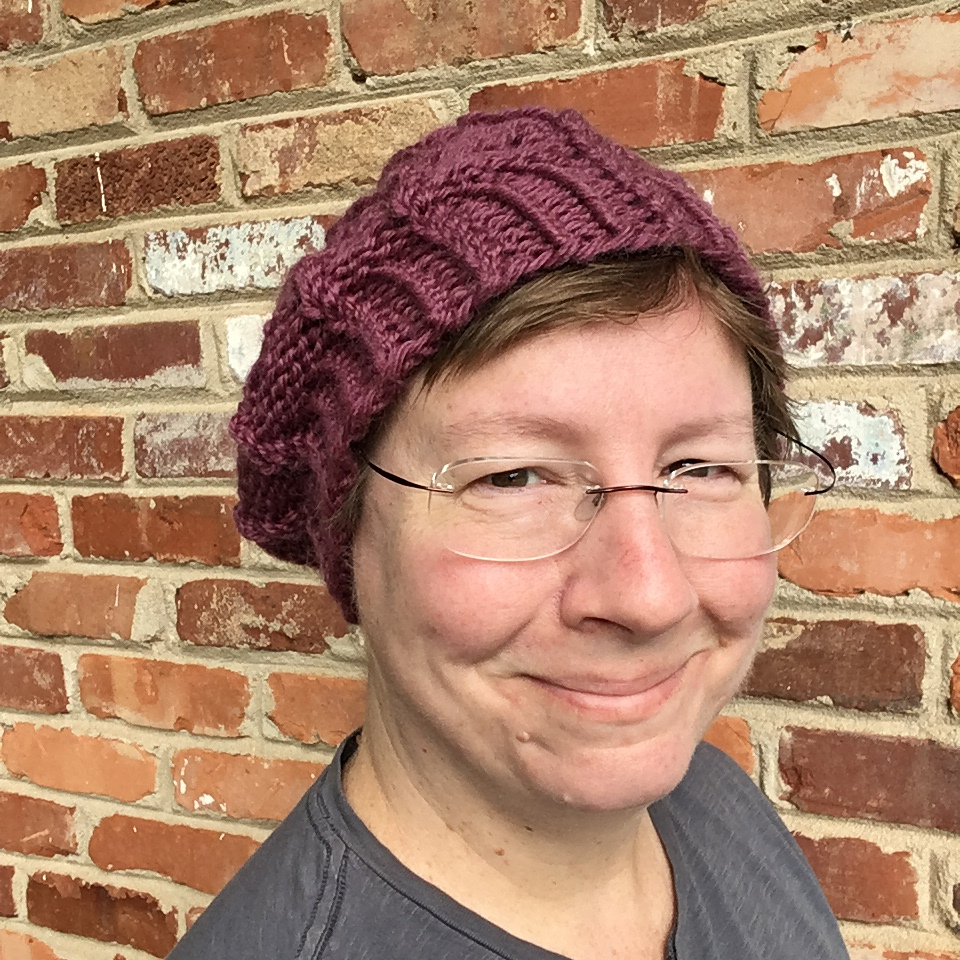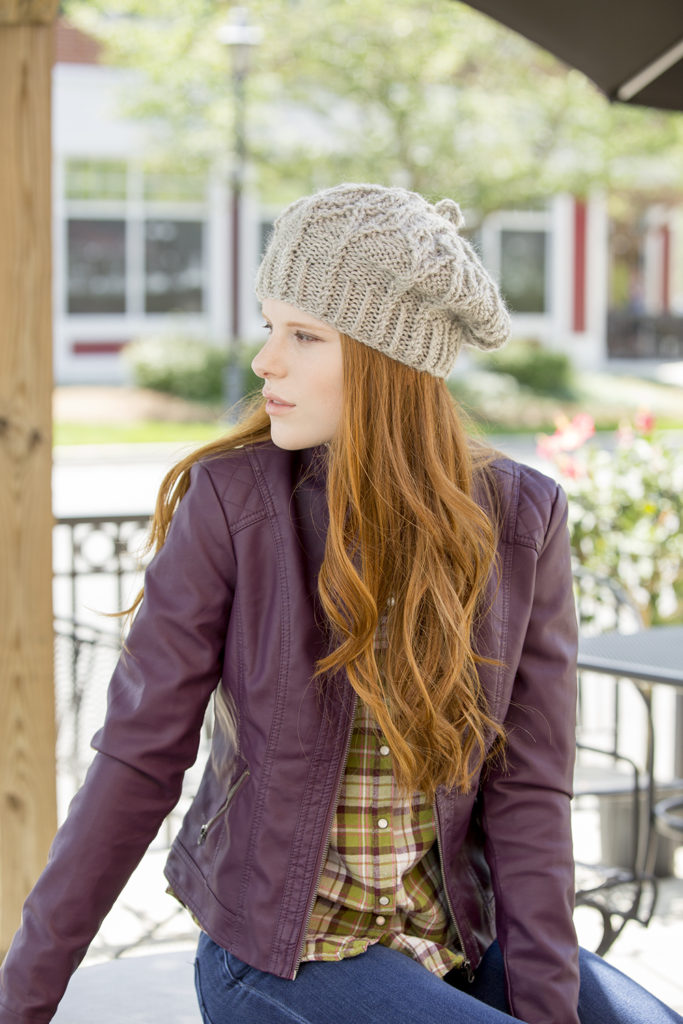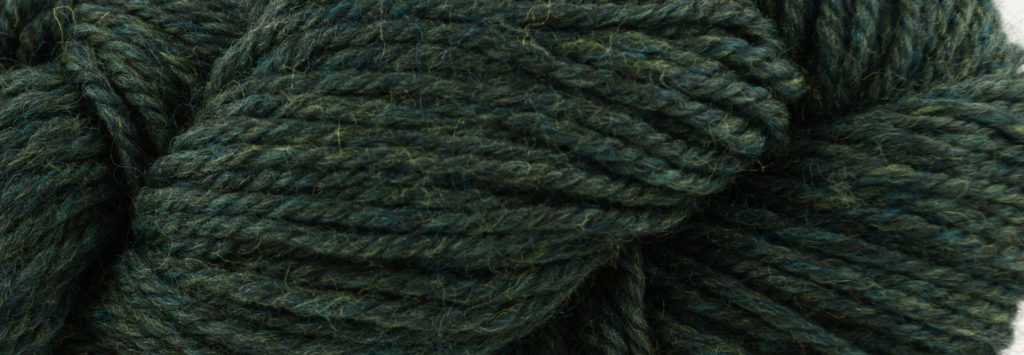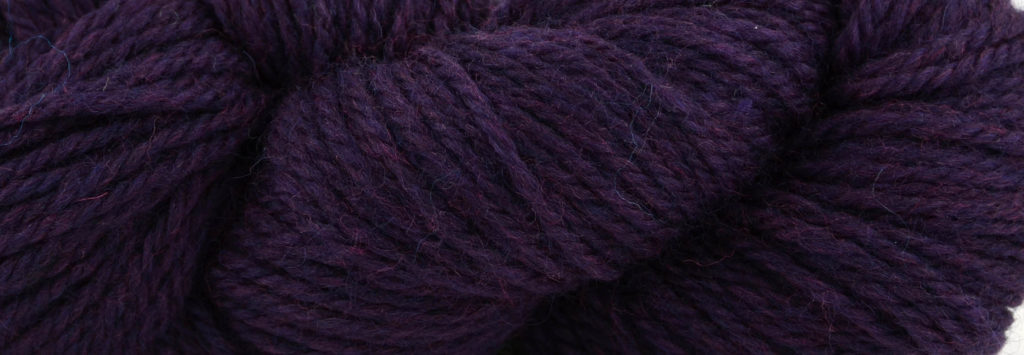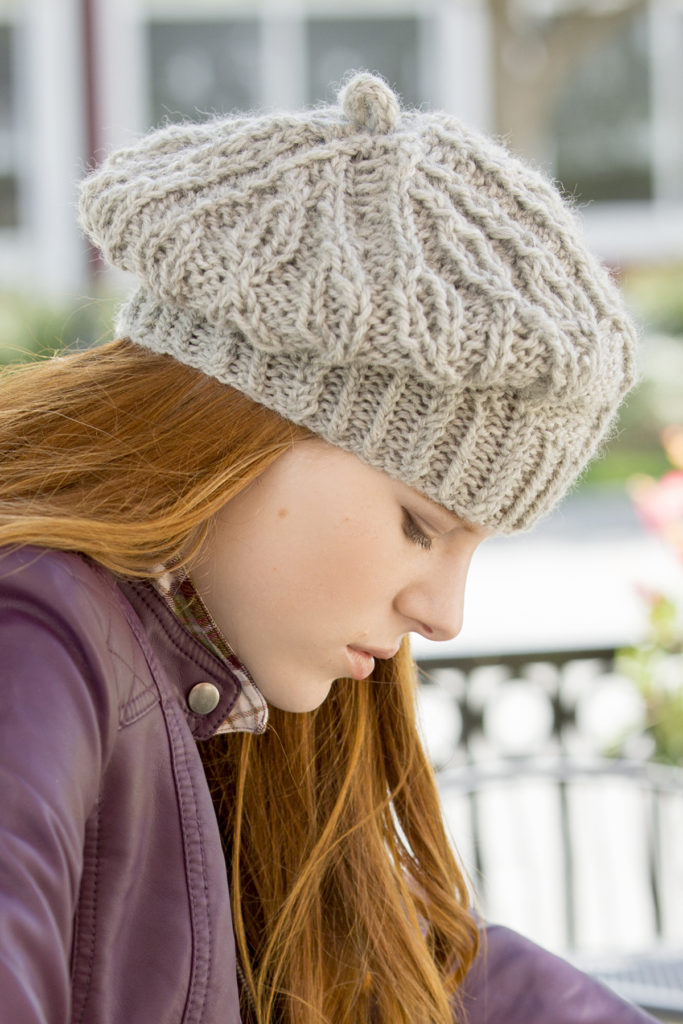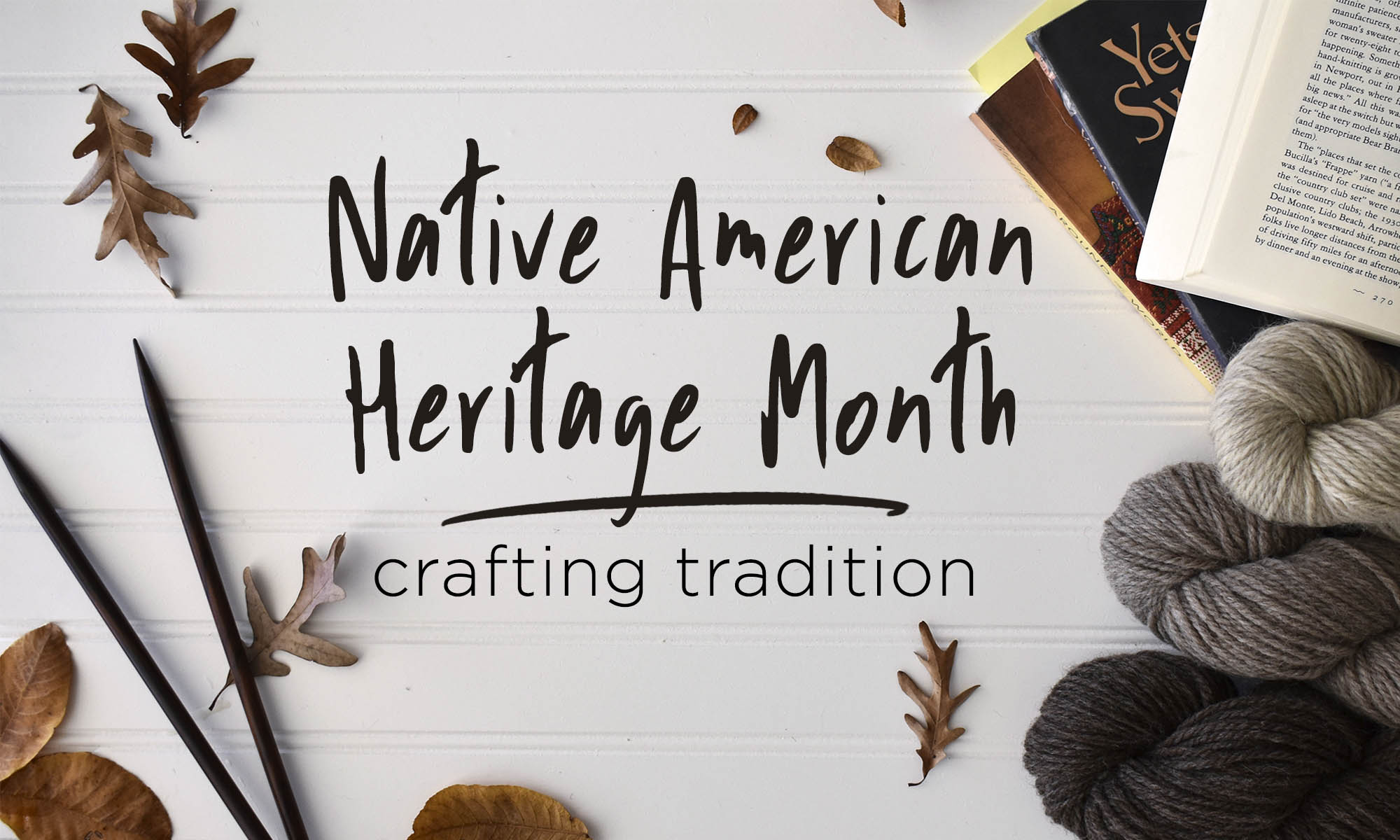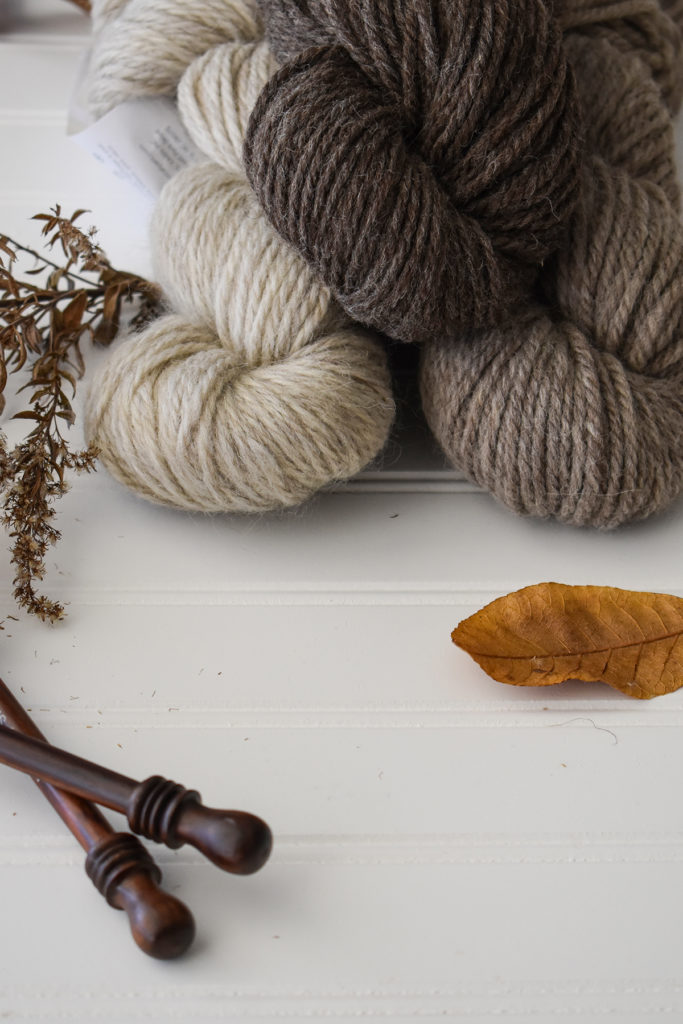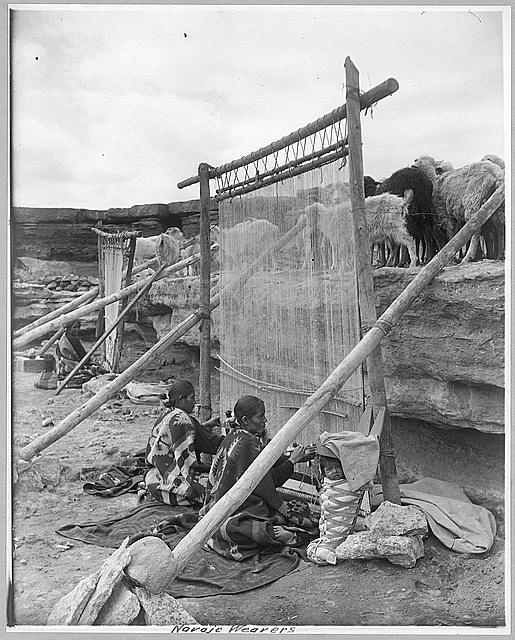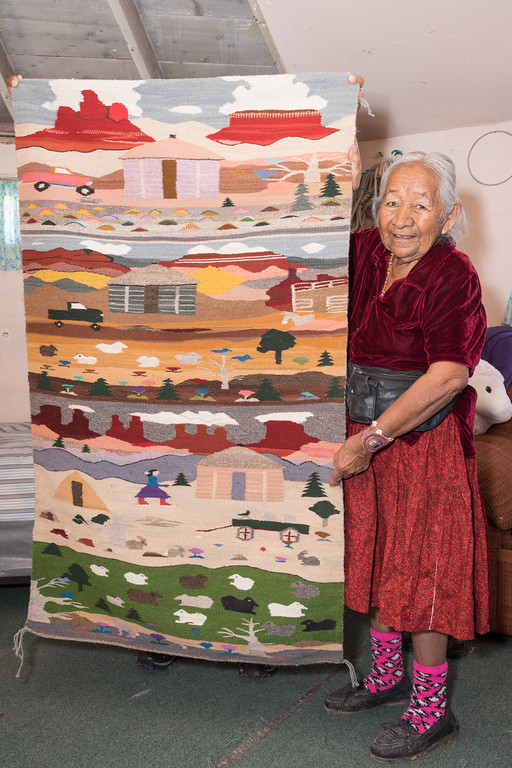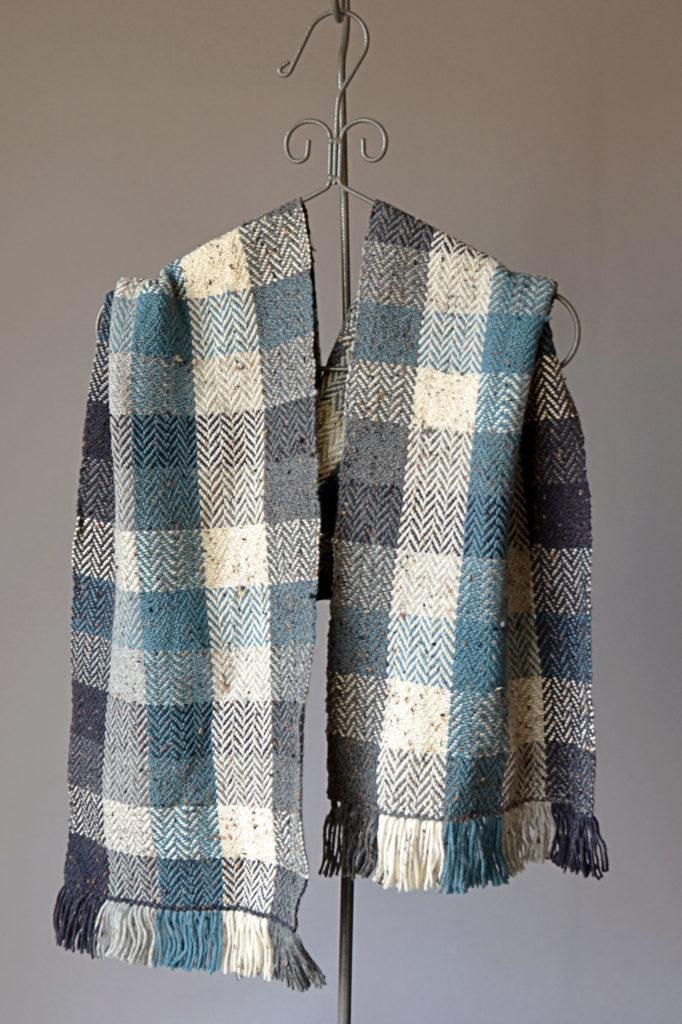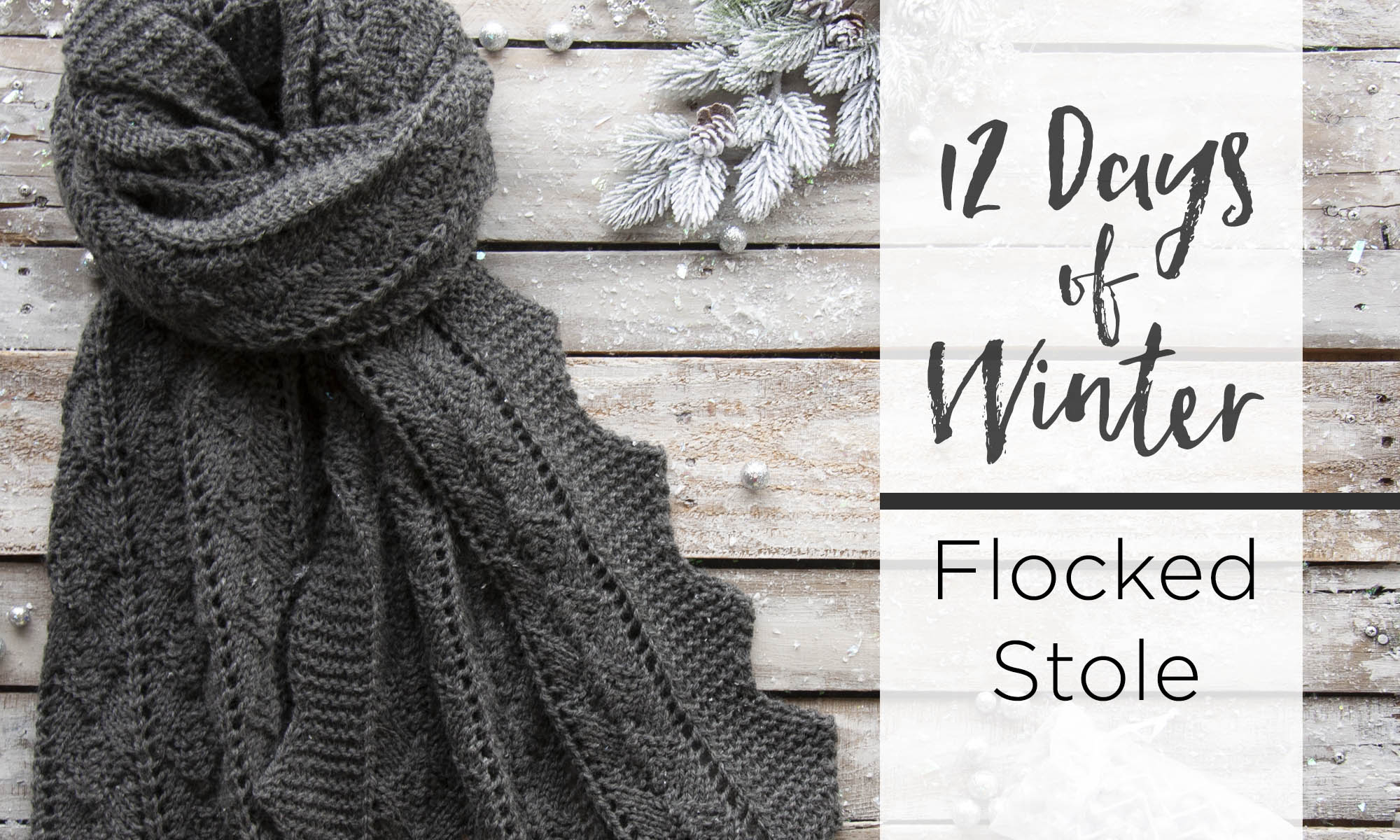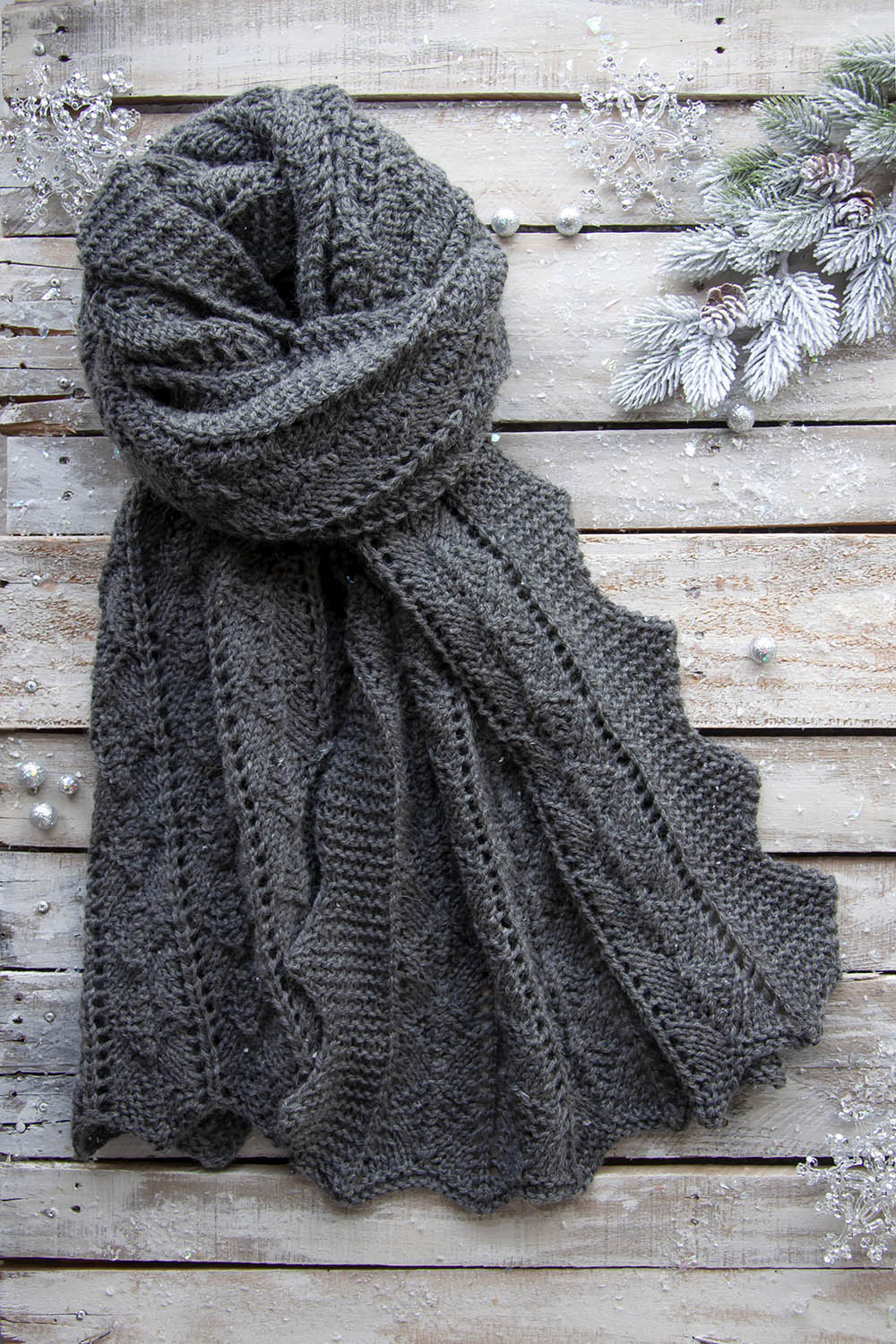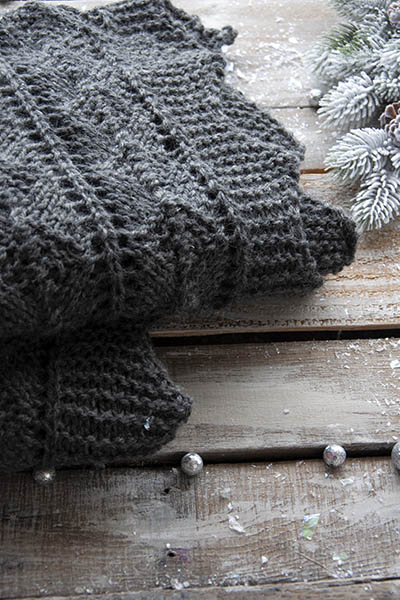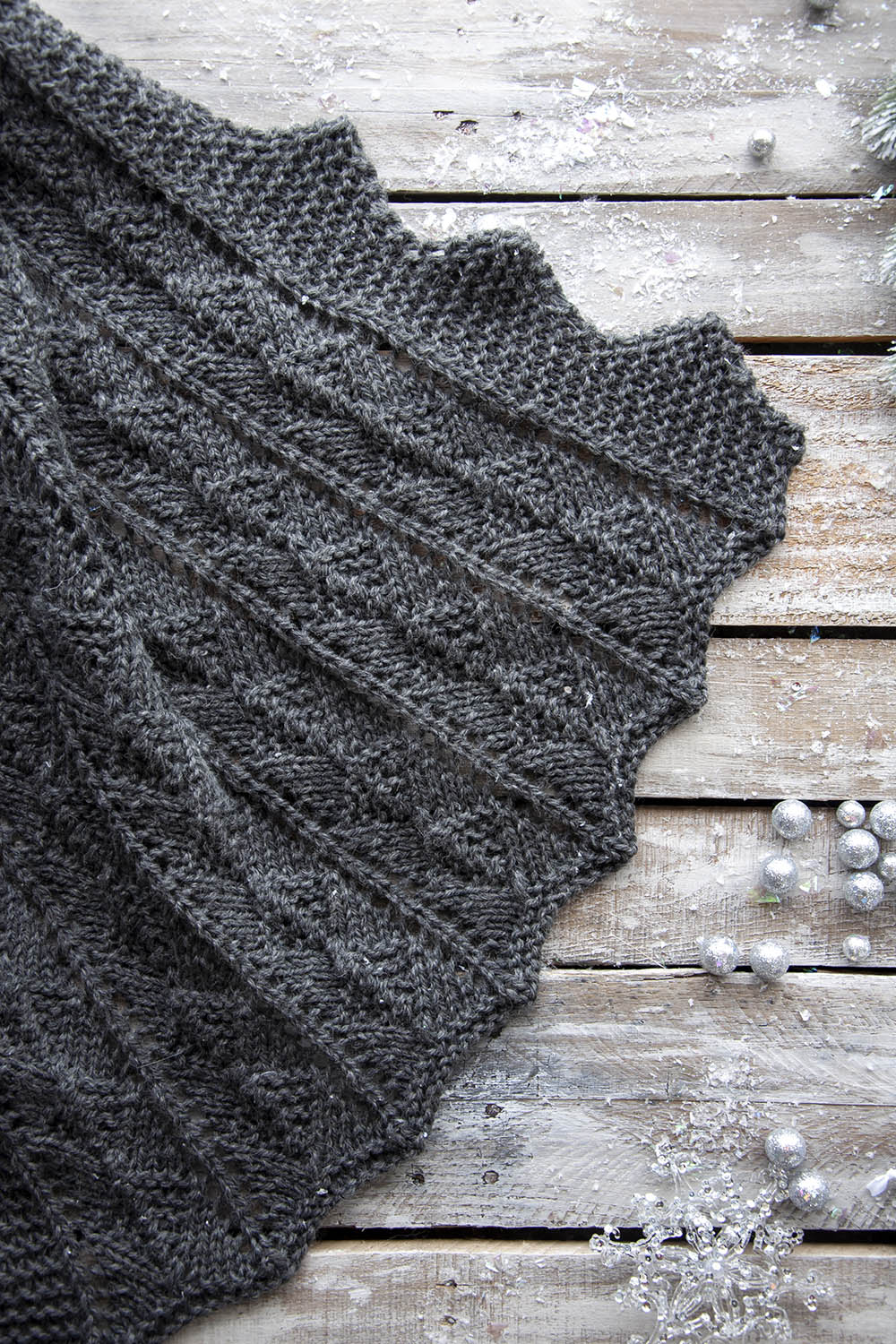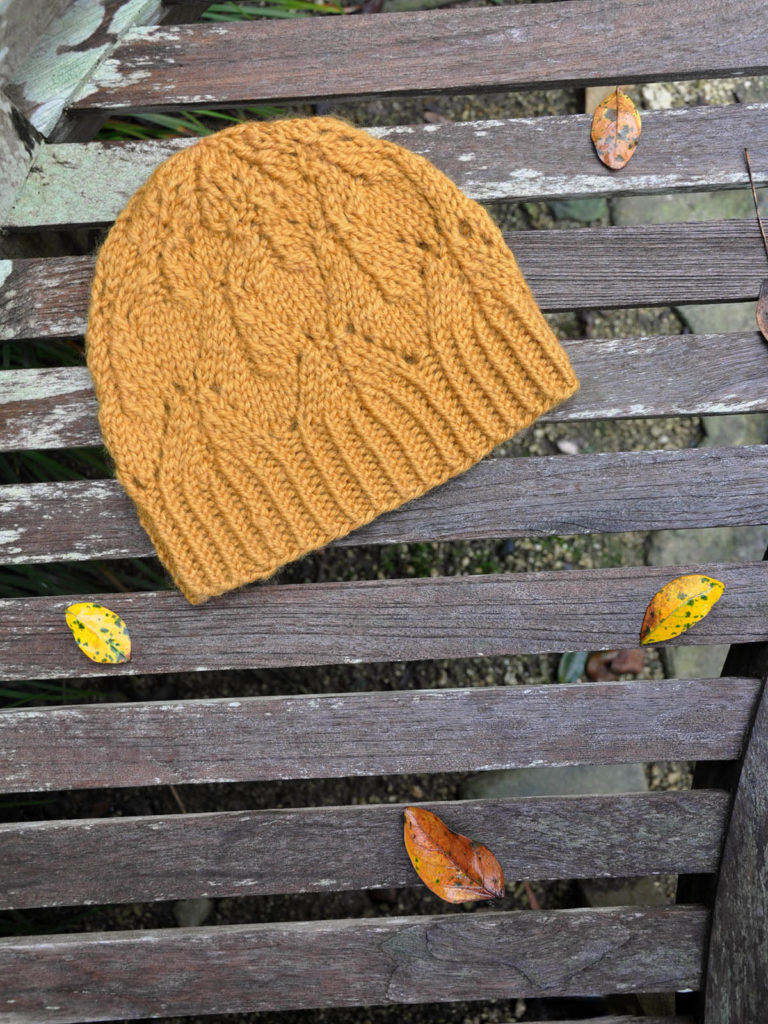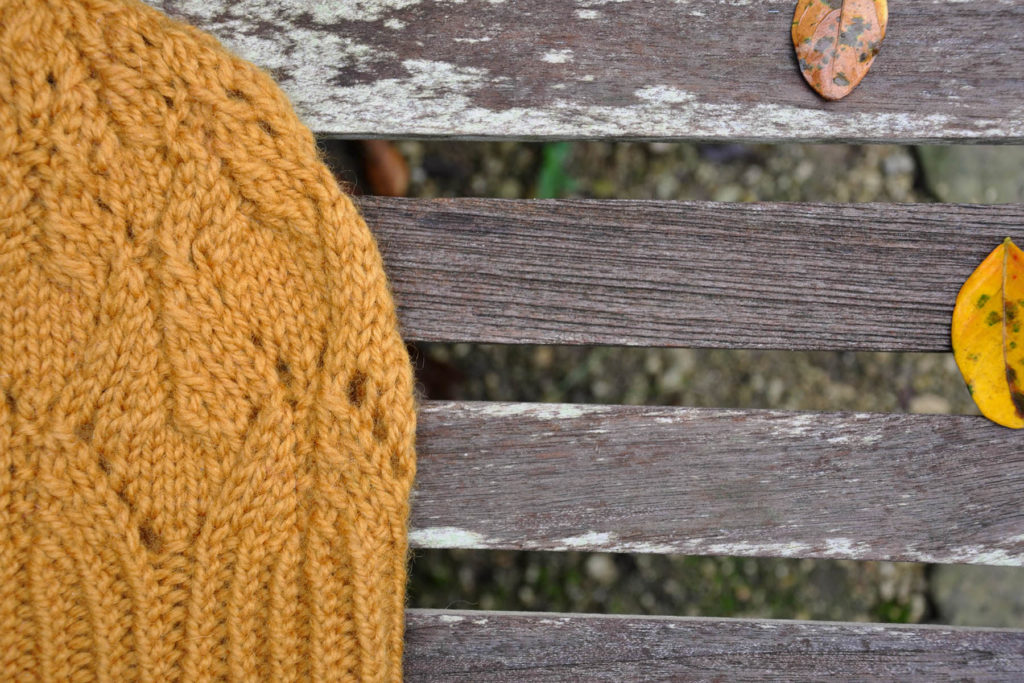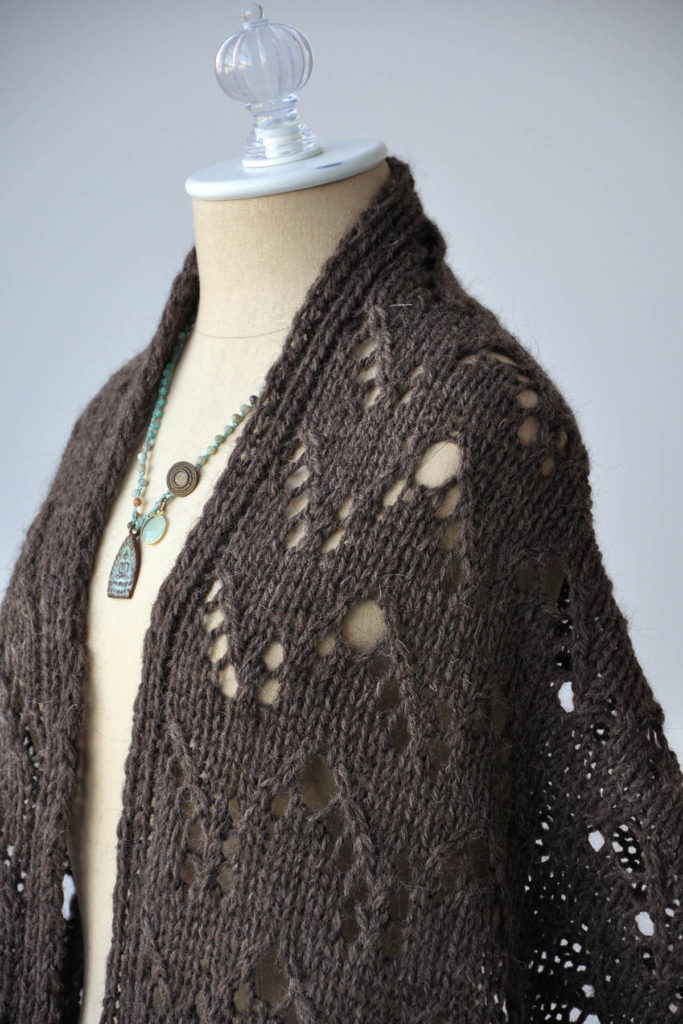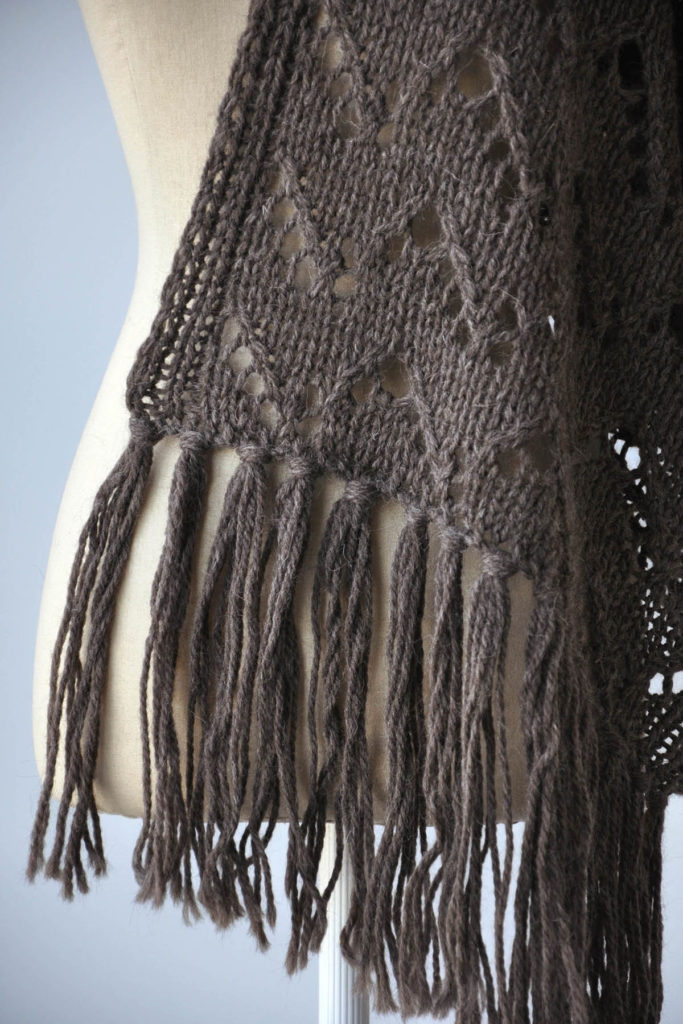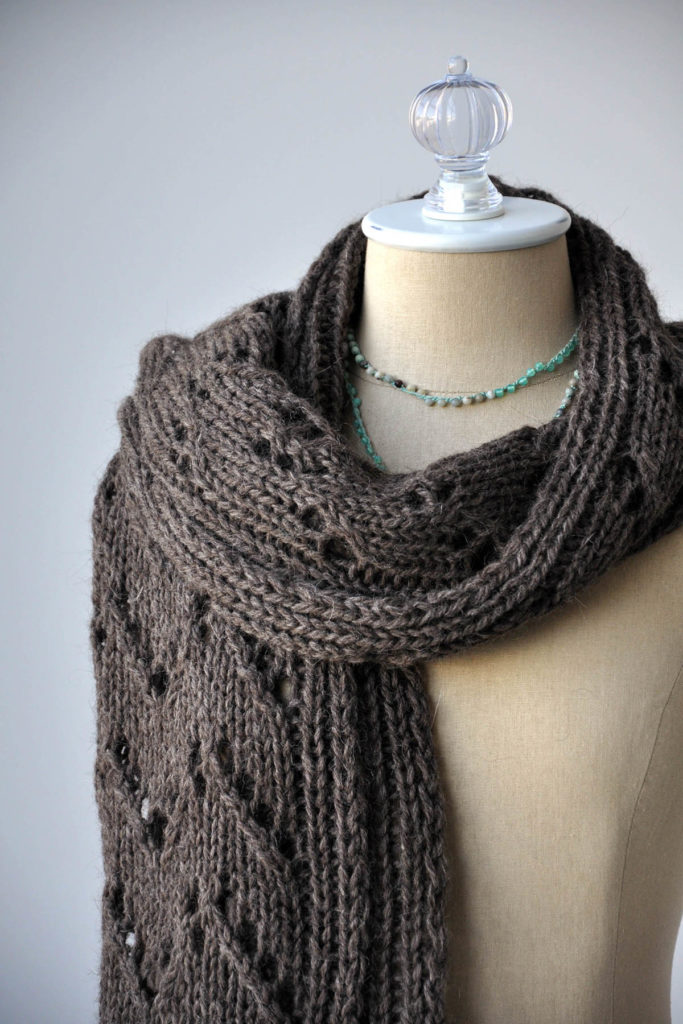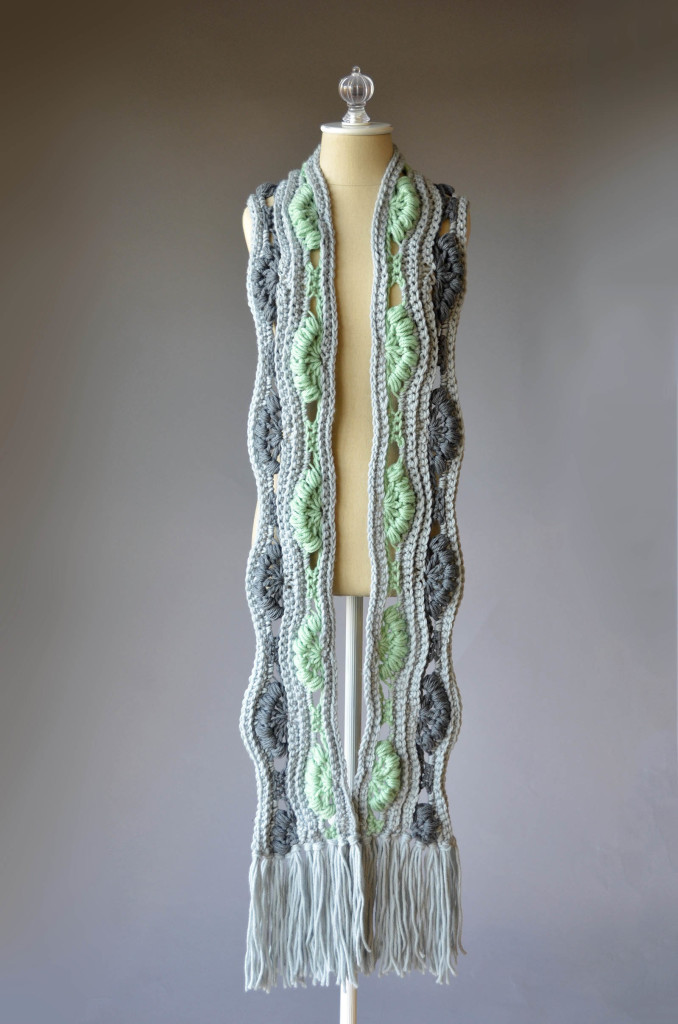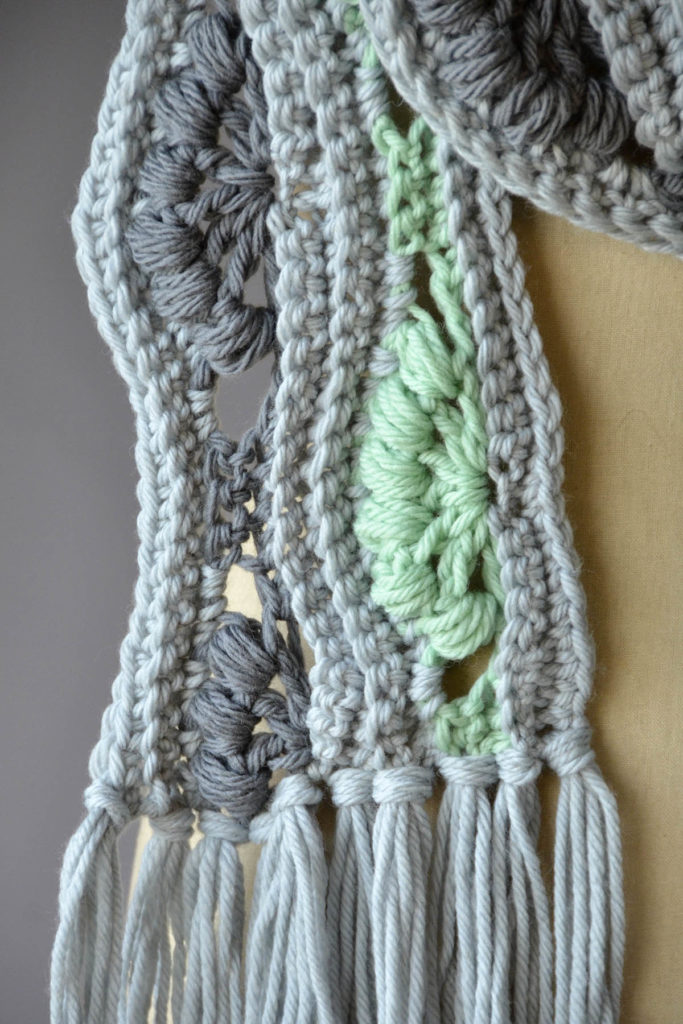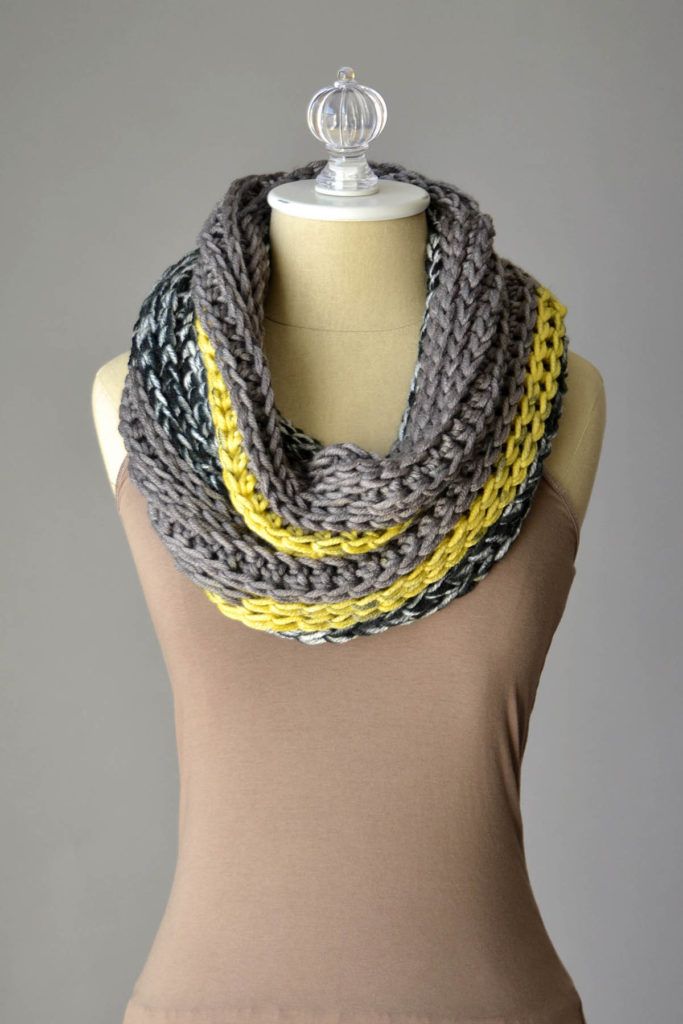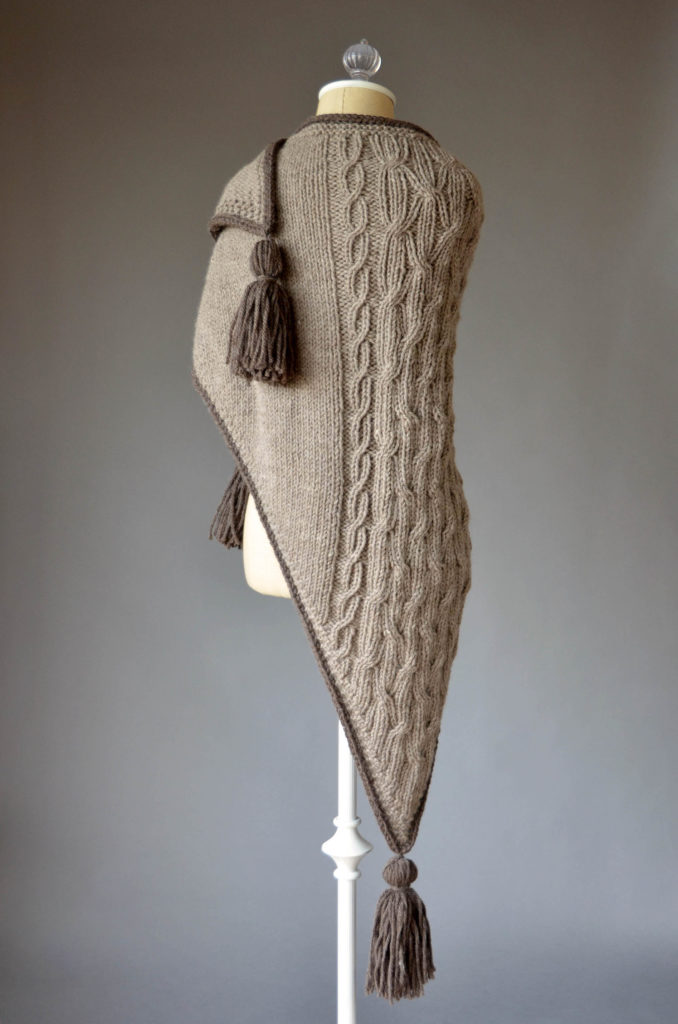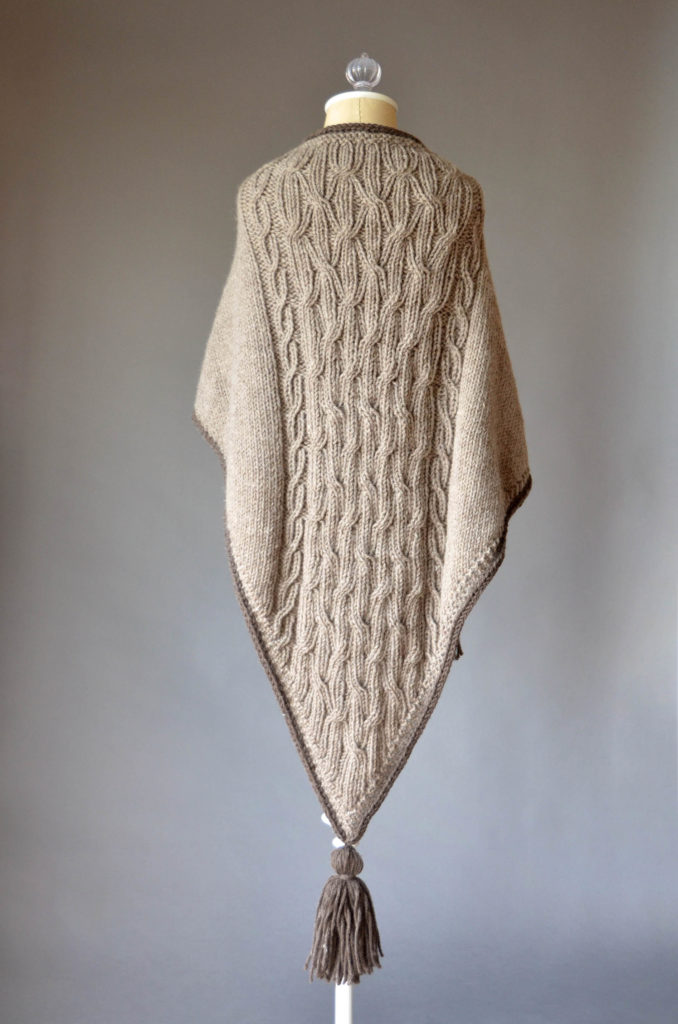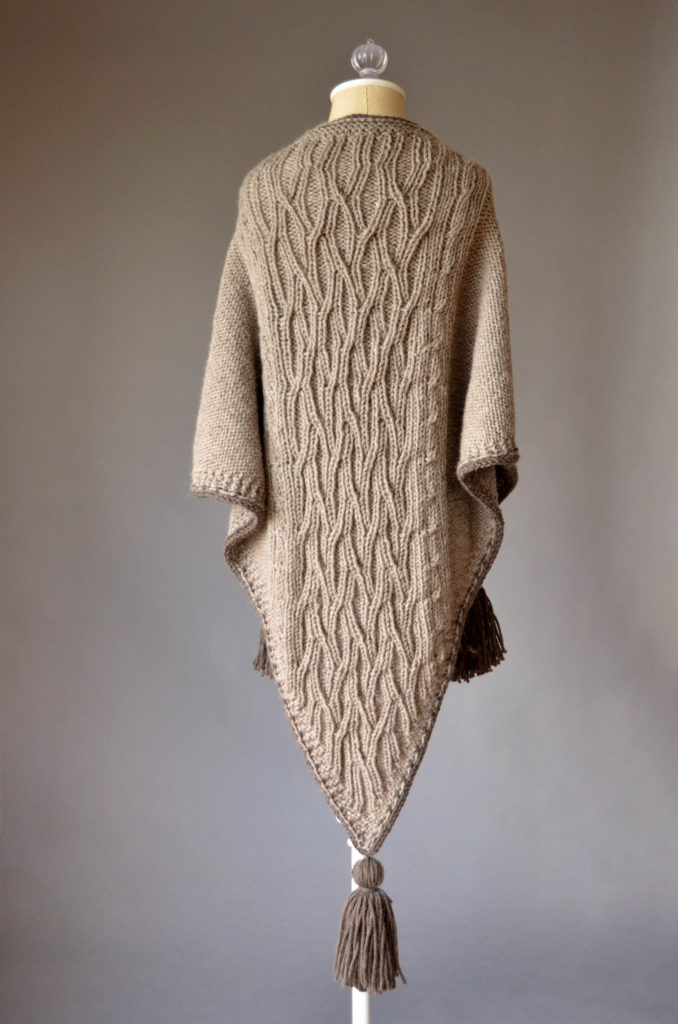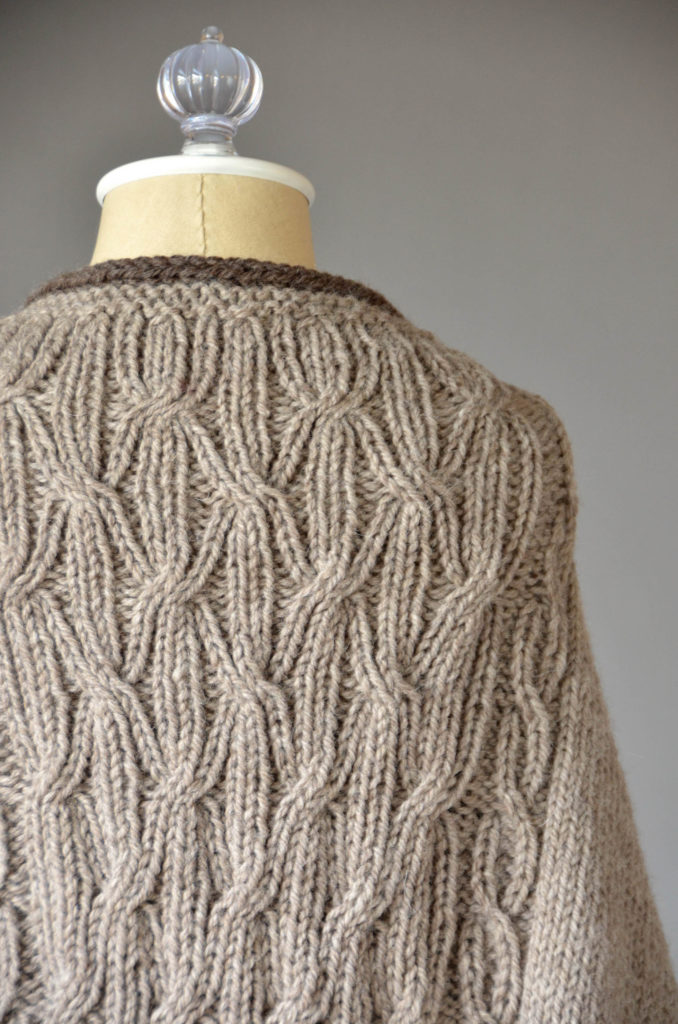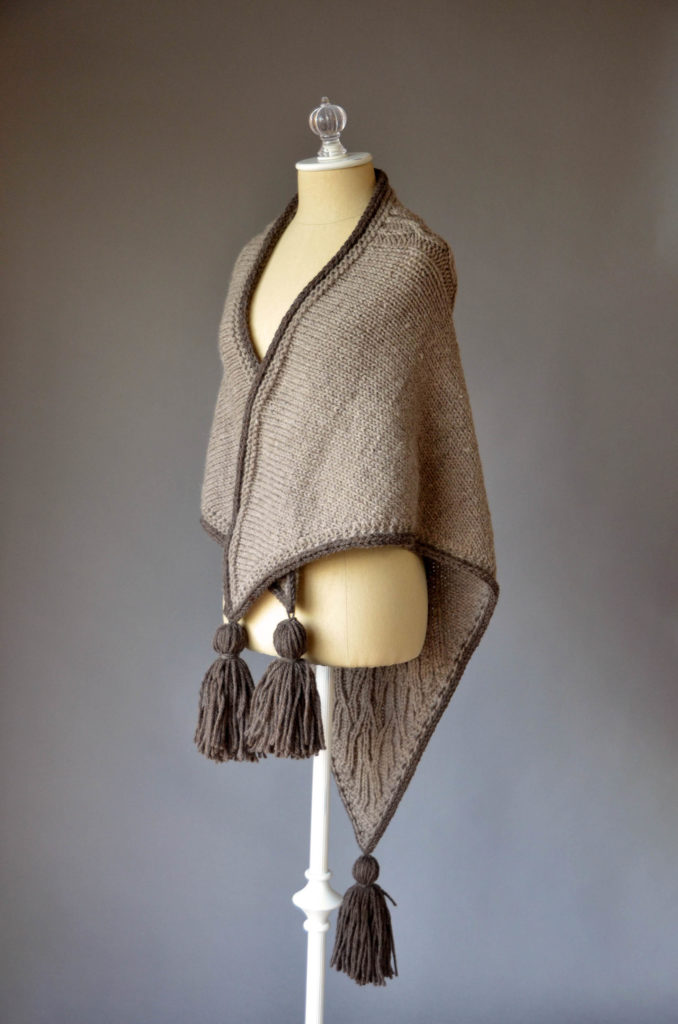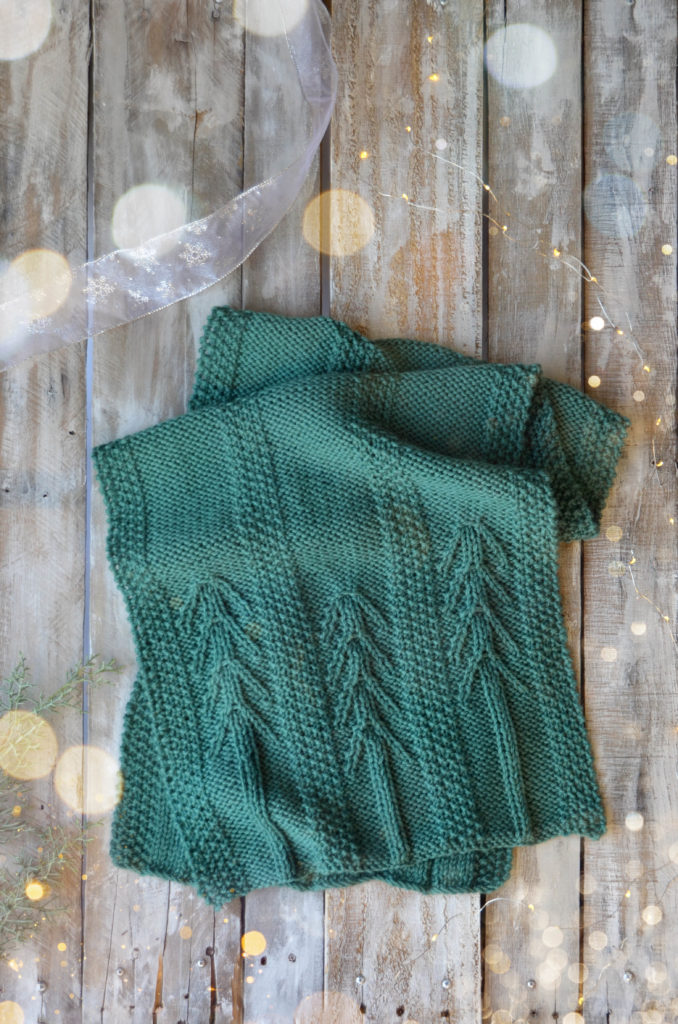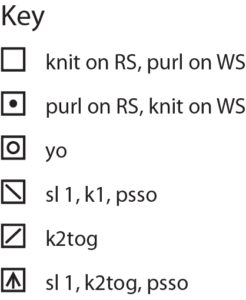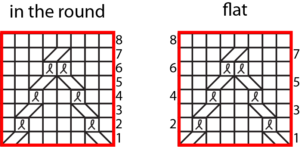Are you like me? You’re watching a movie, and then an amazing sweater comes onscreen and instantly, your eyes light up.
We were about two minutes into 2018’s Hunt for the Wilderpeople when this sweater appeared onscreen and I gasped. Fortunately for cat lovers, the film’s costume designer hired a knitter to recreate the pattern and made it free on Ravelry. You’ve got to have some confidence to wear a sweater like this, but I think we all know someone who could pull it off. In my case, that person is me, and I’m putting this in my queue to make in Adore.
Often, though, it seems like the really spectacular sweaters are on men. I’d like to look at five outstanding pullovers on masculine frames, both the obscure and the famous (I’m looking at you, Chris Evans). Let’s go in chronological order!
- Wash’s Sweater from Firefly
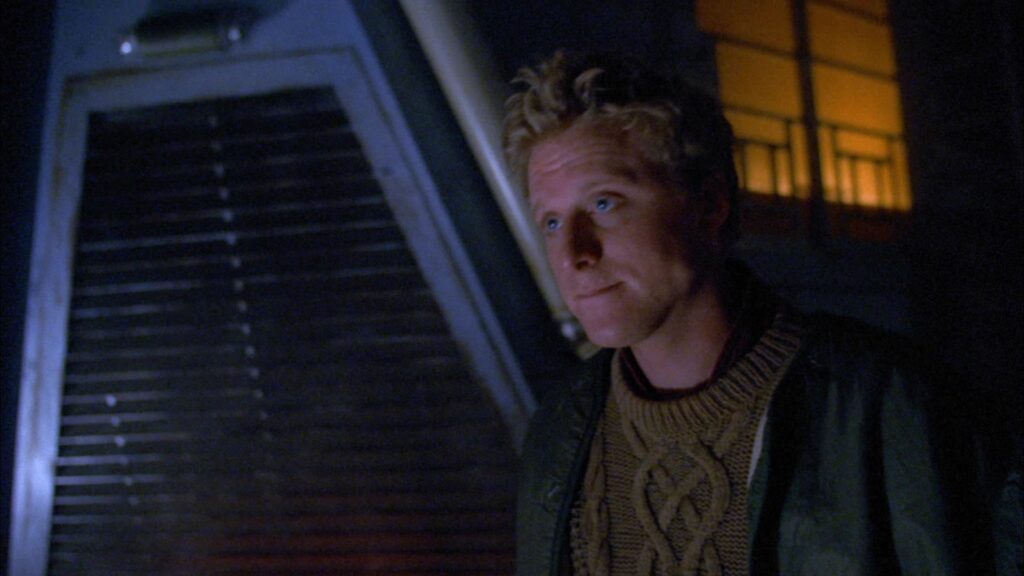
This sweater showed up in two separate episodes of sci-fi TV show Firefly, giving it enough exposure for viewers to reverse engineer the cabled design. Never bet against Firefly fans – they’re a devoted and persistent bunch.
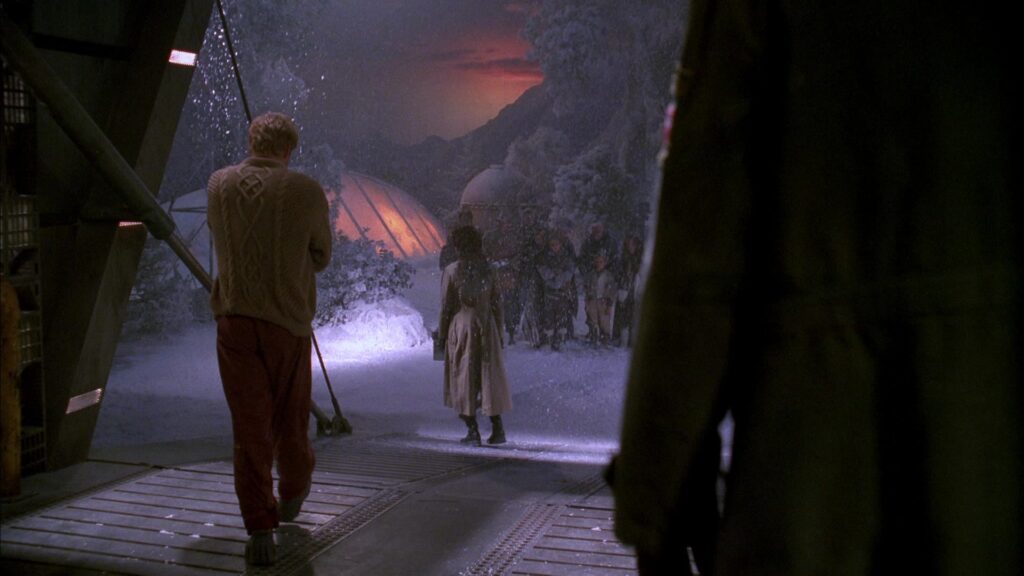
You can find in-the-round and flat versions on this page. There’s also a Ravelry listing for the same pattern. Depending on gauge, I’d go with Deluxe Chunky, a 100% wool with a wealth of color options.
2) John Watson’s Cabled Jumper from Sherlock
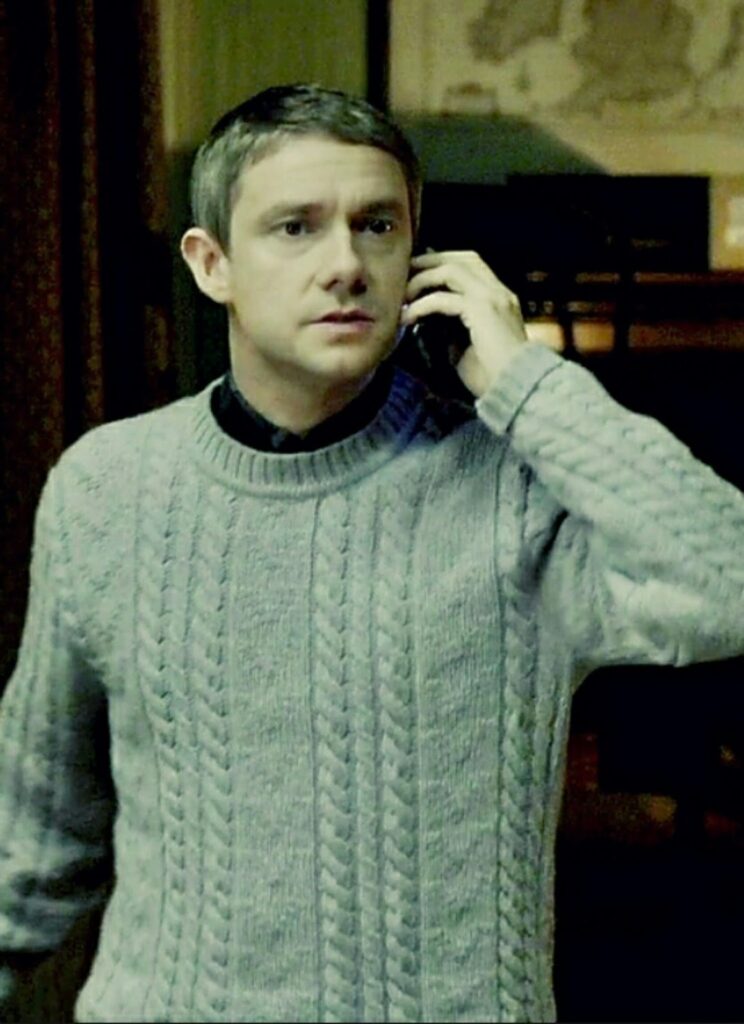
Is the show set in England? Expect good knits. This cabled jumper sported by John Watson from the BBC’s Sherlock proves the rule. It didn’t take long for this pullover to be recreated:

And of course, free patterns sprang up. While the original was machine-knit, this pattern on Ravelry has hand-knit versions worked in the round or flat. As for yarn, there are several ways to go: 100% wool with Deluxe Worsted Superwash, or Uptown Worsted anti-pilling acrylic, which is also machine washable (John Watson doesn’t seem like a man who is careful with his laundry).
3) John Watson’s Ugly Christmas Jumper from Sherlock
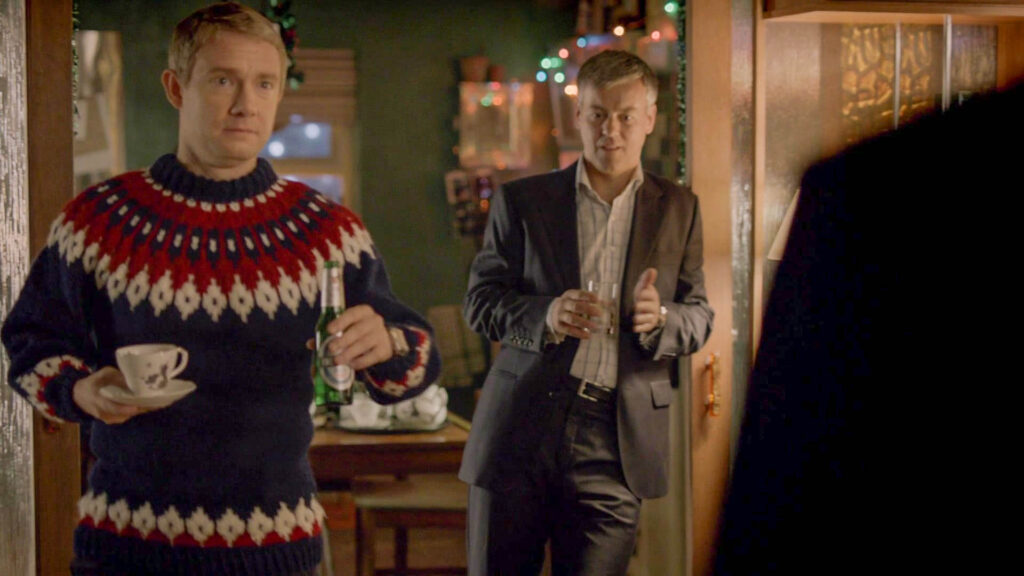
Can you tell I recently re-watched Sherlock? I’ll confess I lightened up this image so you could really see the power and majesty of this design. It’s meant to be an “ugly Christmas sweater” in the show, but it’s really up to you as to whether you love it or hate it.
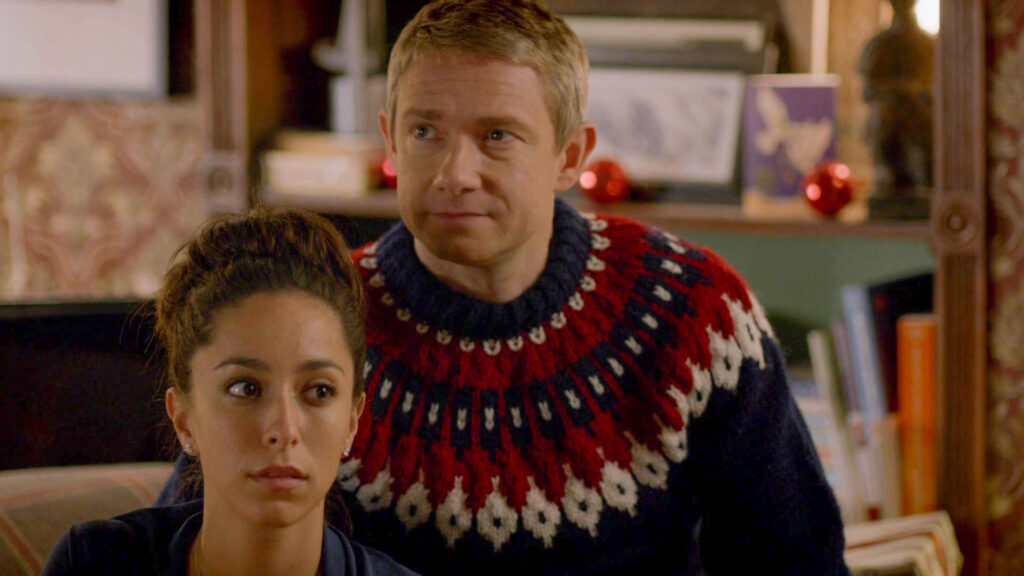
The original might have been knit in a bulkier yarn, but this pattern on Ravelry calls for a DK weight, to make it more versatile in other climates. If I were knitting this, I’d use Deluxe DK Superwash in 838 Twilight, 837 Christmas Red, and 828 Pulp.
4) Ransom Drysdale’s sweater in Knives Out
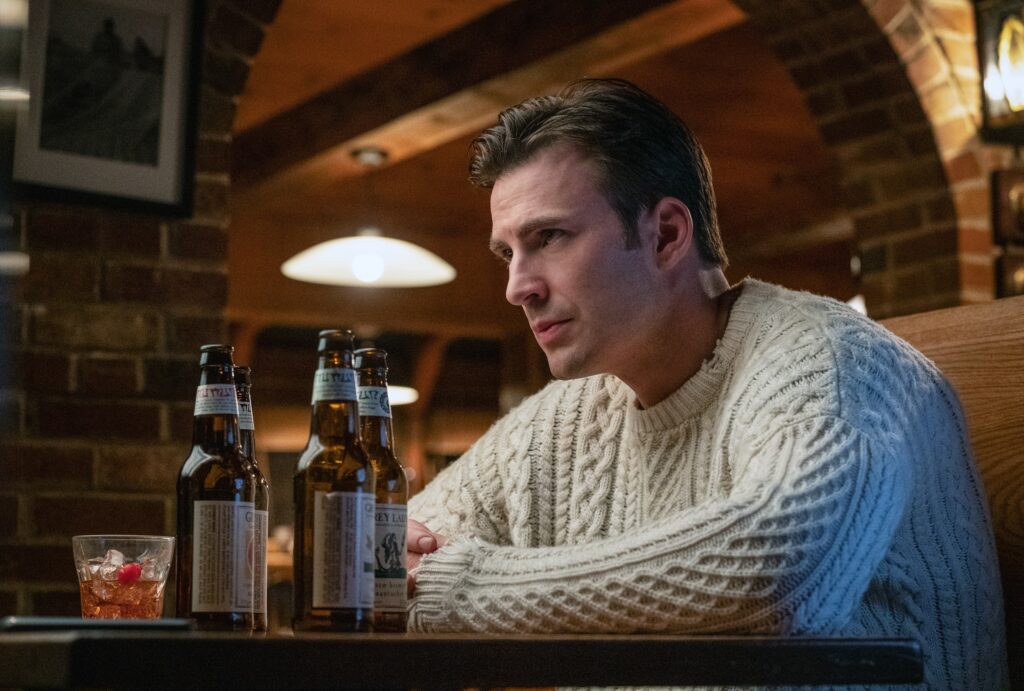
This is the one the knitting internet lost their collective minds over.
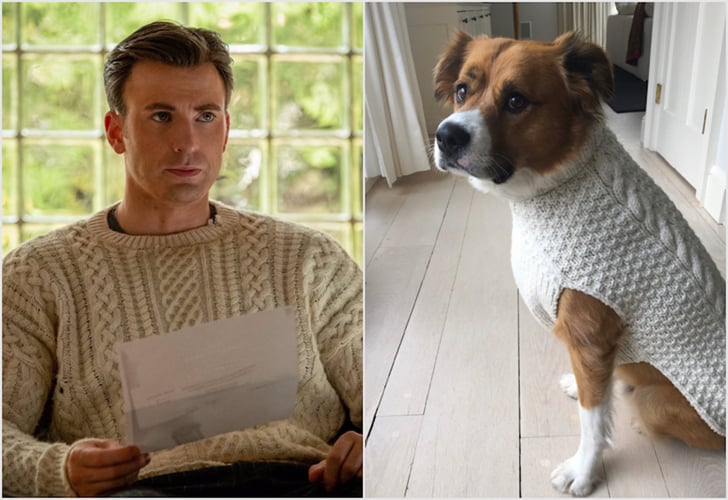
Part of the key here is that it’s not hard to make a sweater look good when you’re Chris Evans, but the other part here is that it was shown from so many angles and in such detail, it was easy to get a good look at it. In terms of screen accuracy, Caryn Shaffer did a bang-up job with her version here on Ravelry.
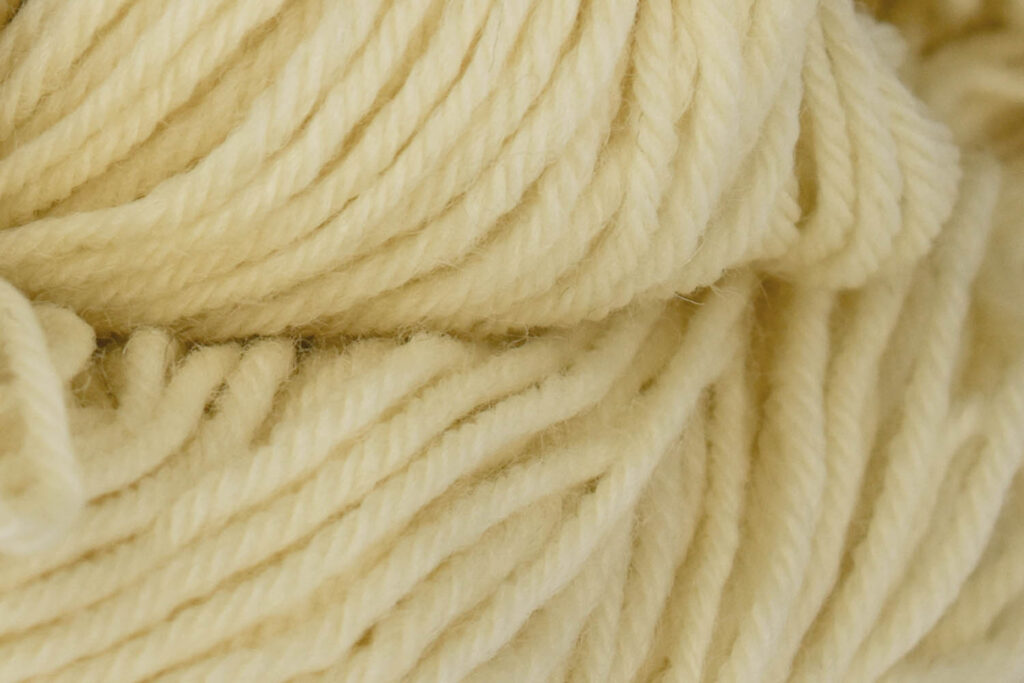
What yarn to pick for this design? Deluxe Worsted, all day long. To get the perfect color, choose from the Naturals options, 40001 Cream Undyed. It’s got just a bit of buttery warmth to it, which matches the tones of the original. Also, as the name suggests, it’s undyed. The color of the yarn is the color of the sheep, which is exactly the kind of detail that would appeal to the rich young man wearing this in the movie.
5) Whoever this is from the Mandalorian
I. Love. This. Sweater. I love the color, I love the pattern, and I love that there’s some random Mon Calamari fish-person in a Star Wars show wearing a beautiful cable-knit piece. But here’s what’s killing me. I can’t find a reverse-engineer of this pattern anywhere! Do any of you know of one? Am I going to have to try it myself?
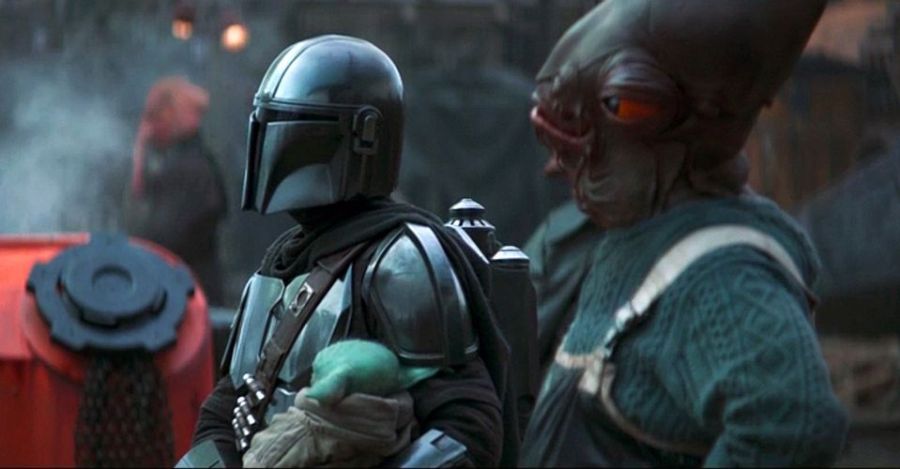
I mean, come on. It’s a fisherman’s sweater on a literal fish-man. What’s not to love?
How about you? What’s a knit or crochet piece that you’ve seen that made you think, “I should make that!” We’d love to know!

Until next time… crafters, engage!


